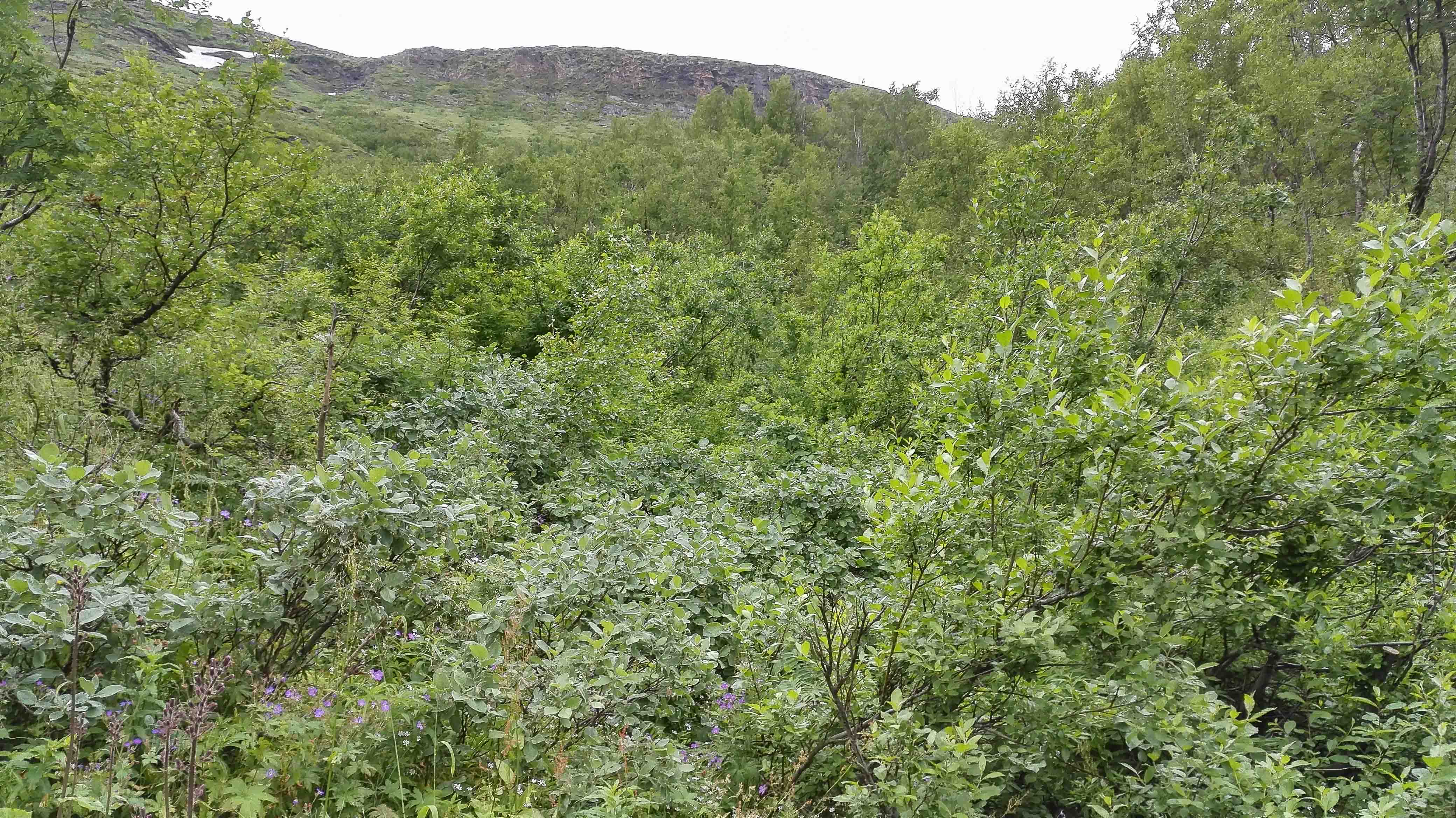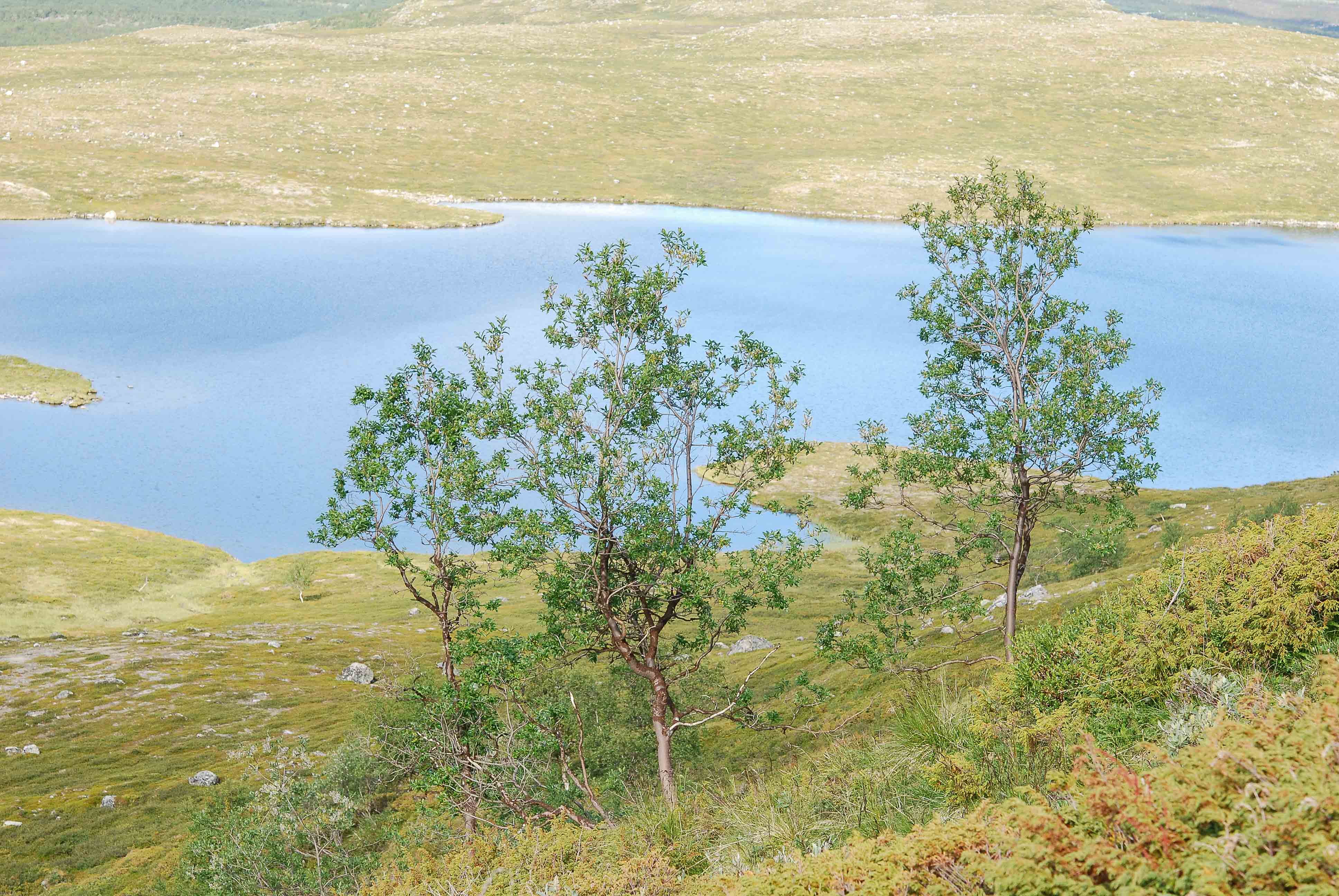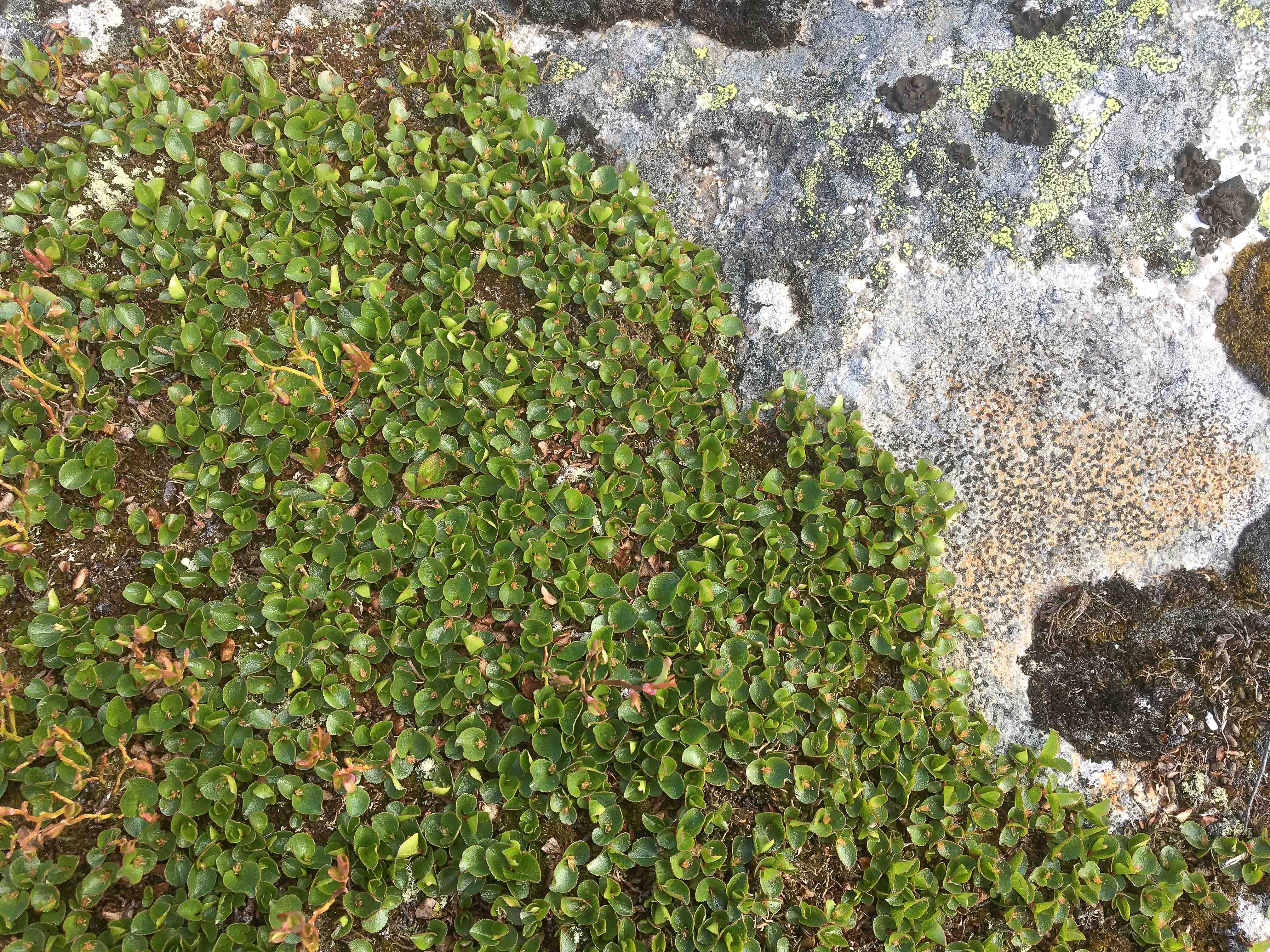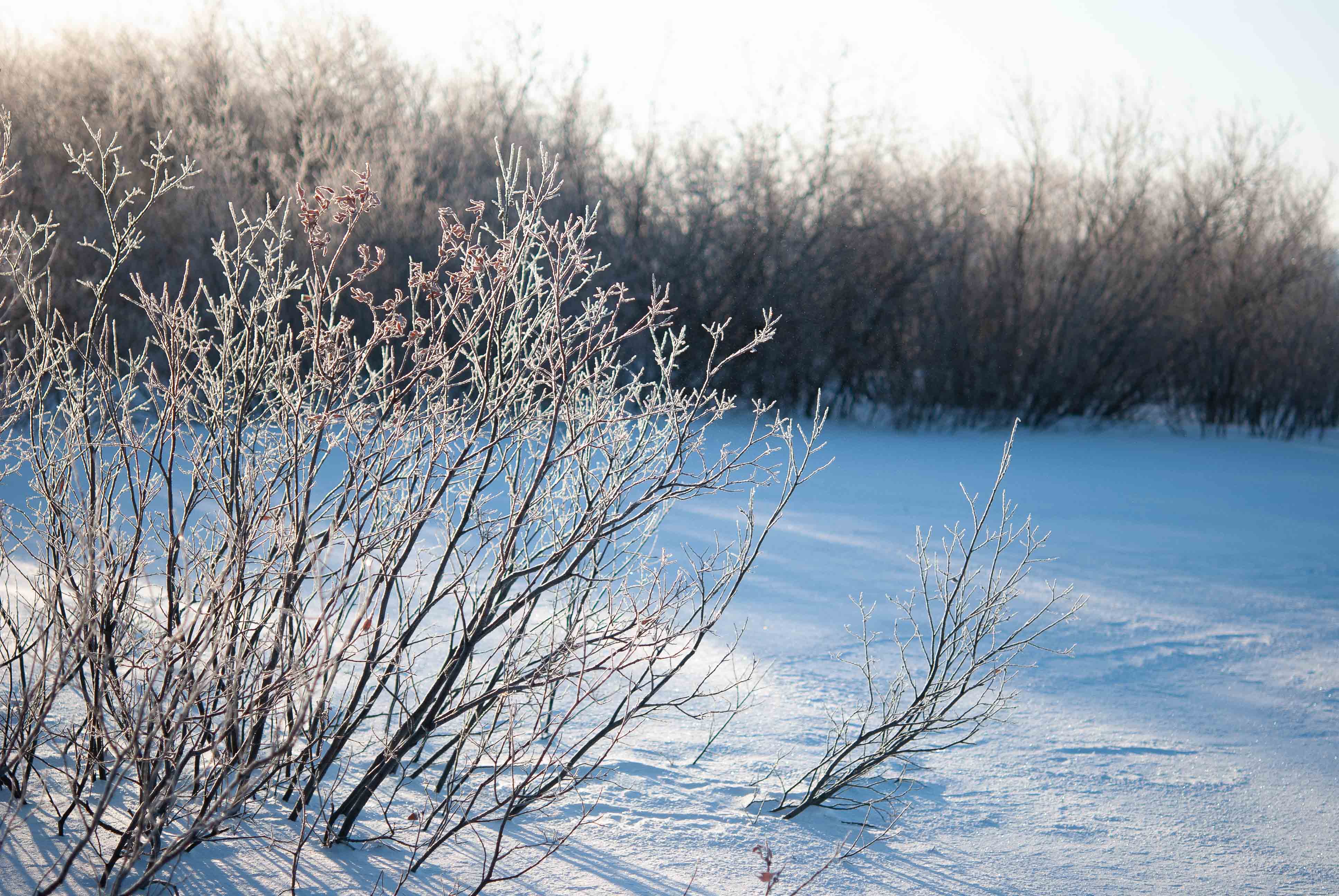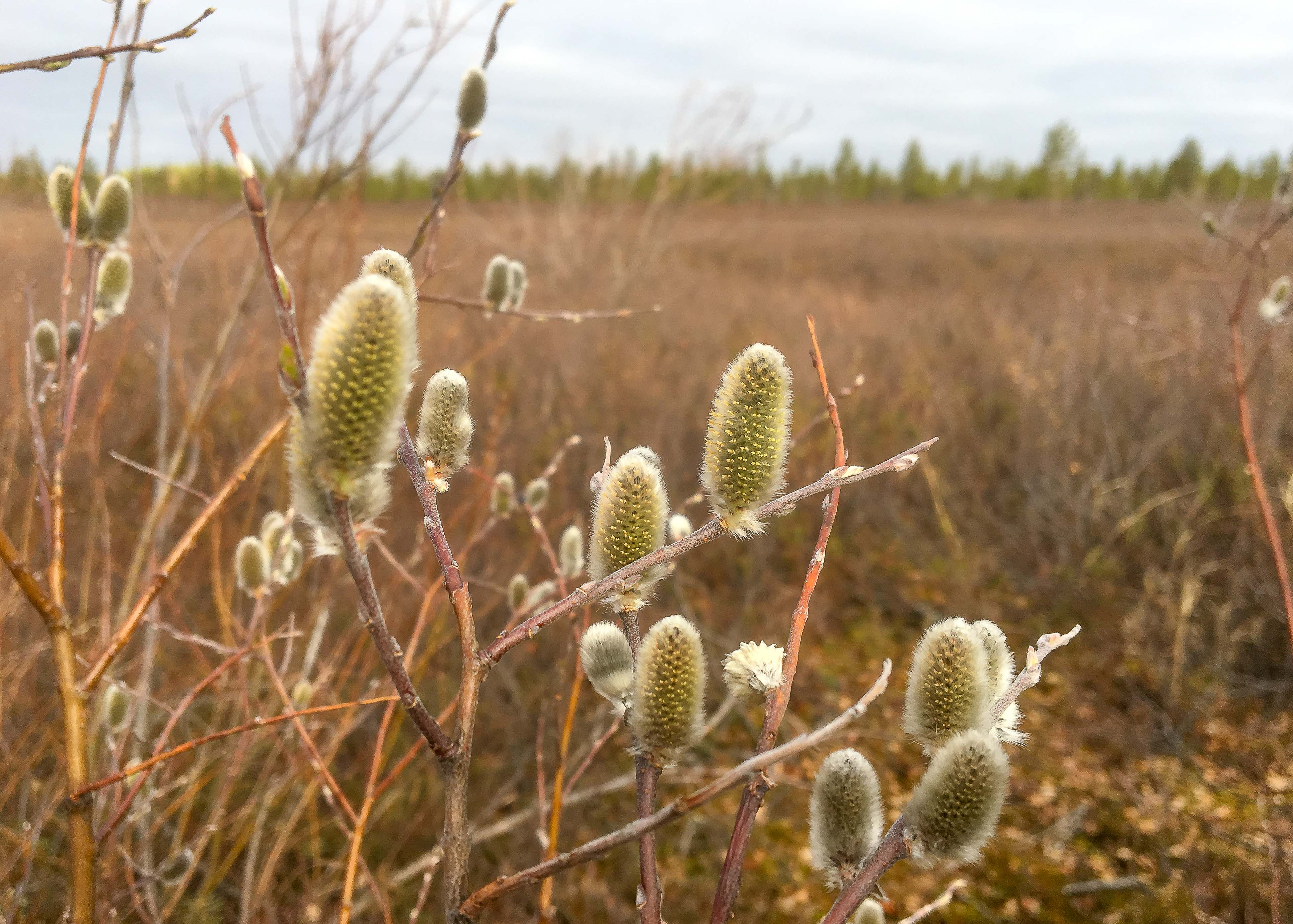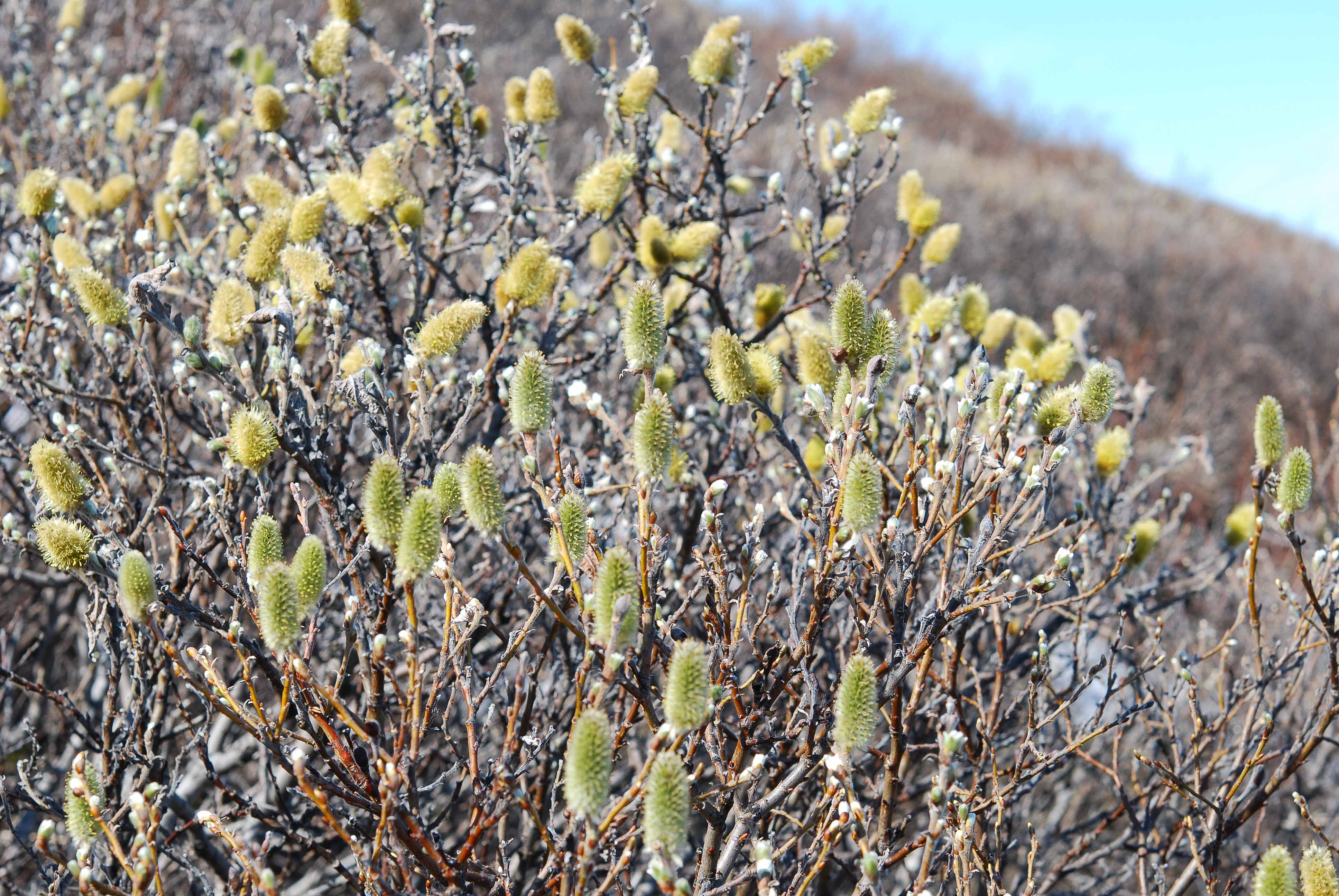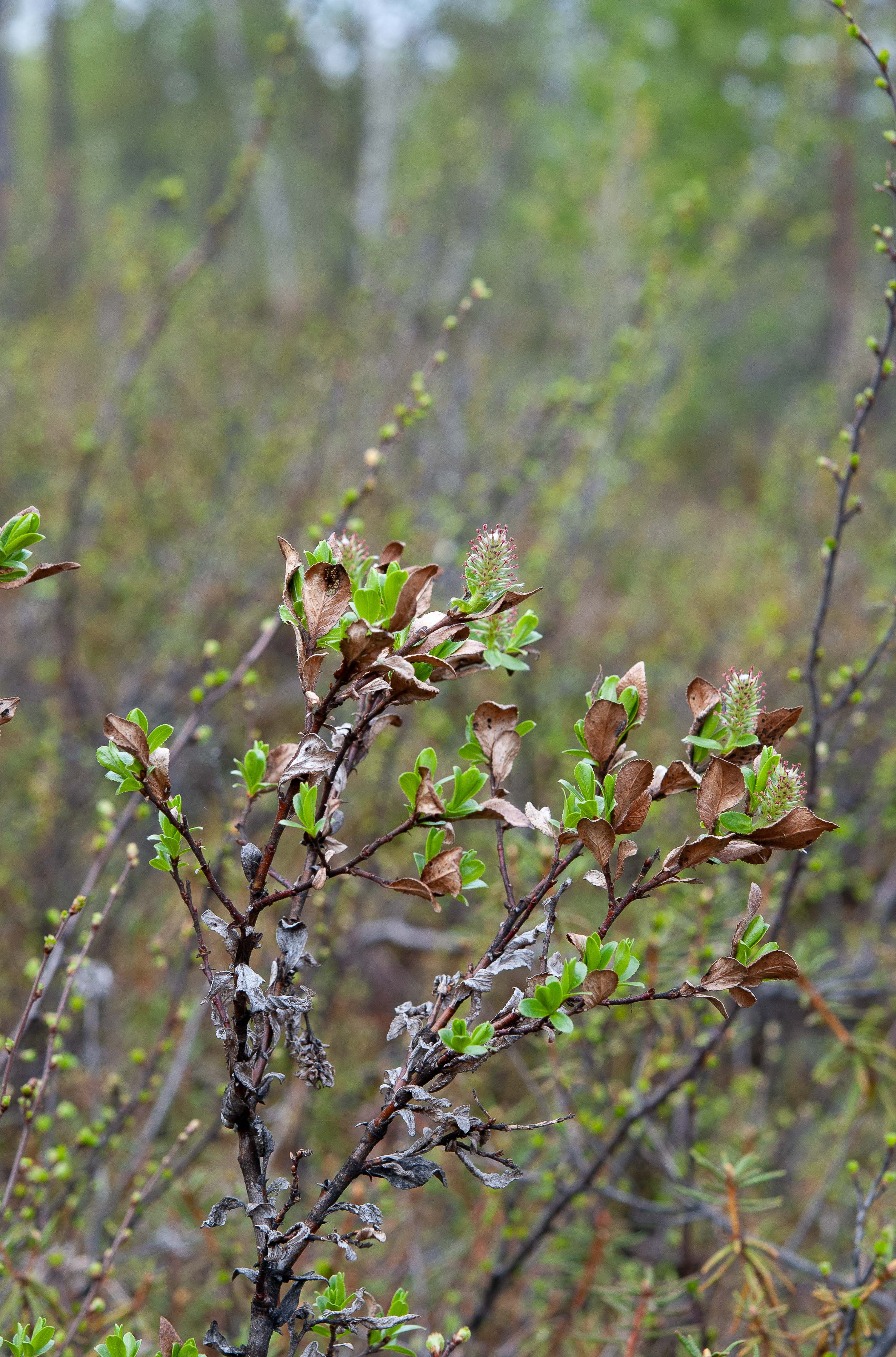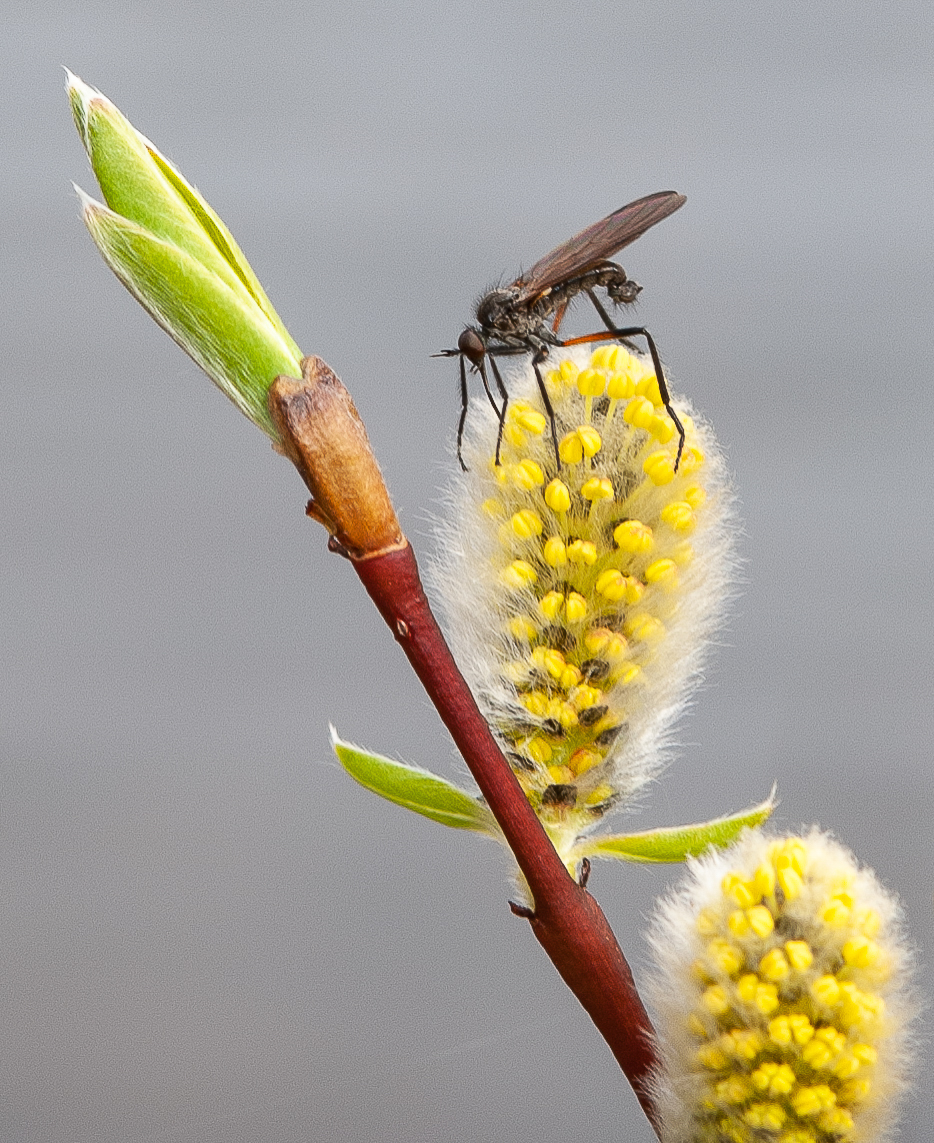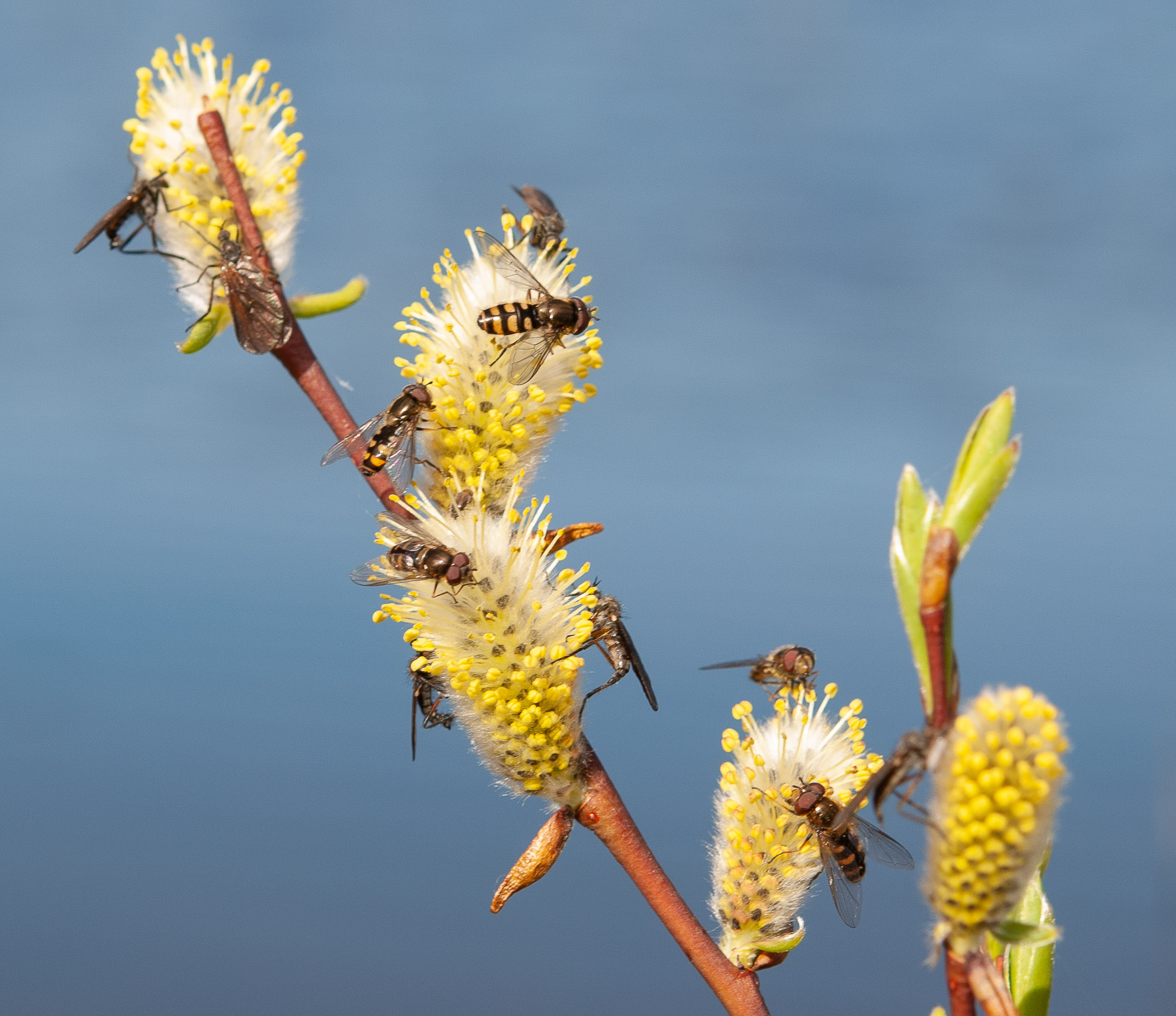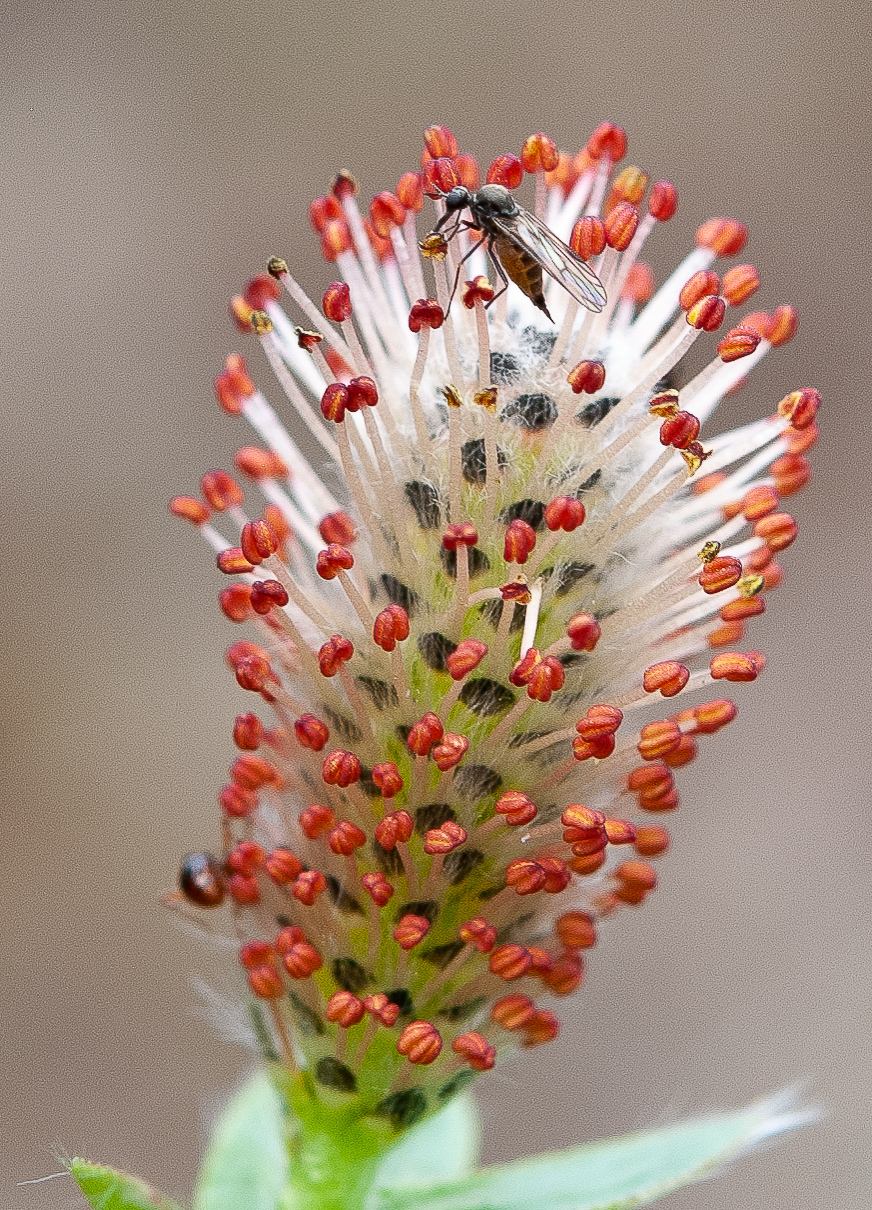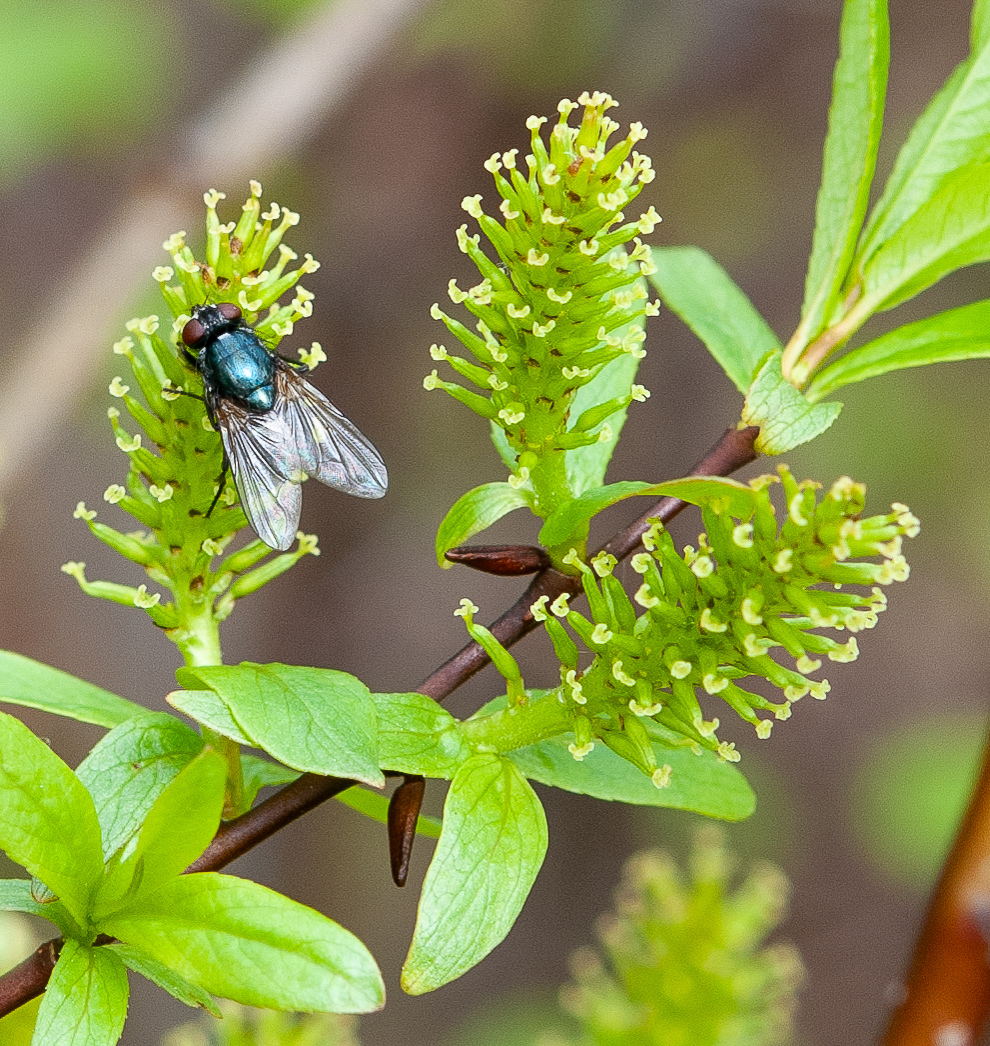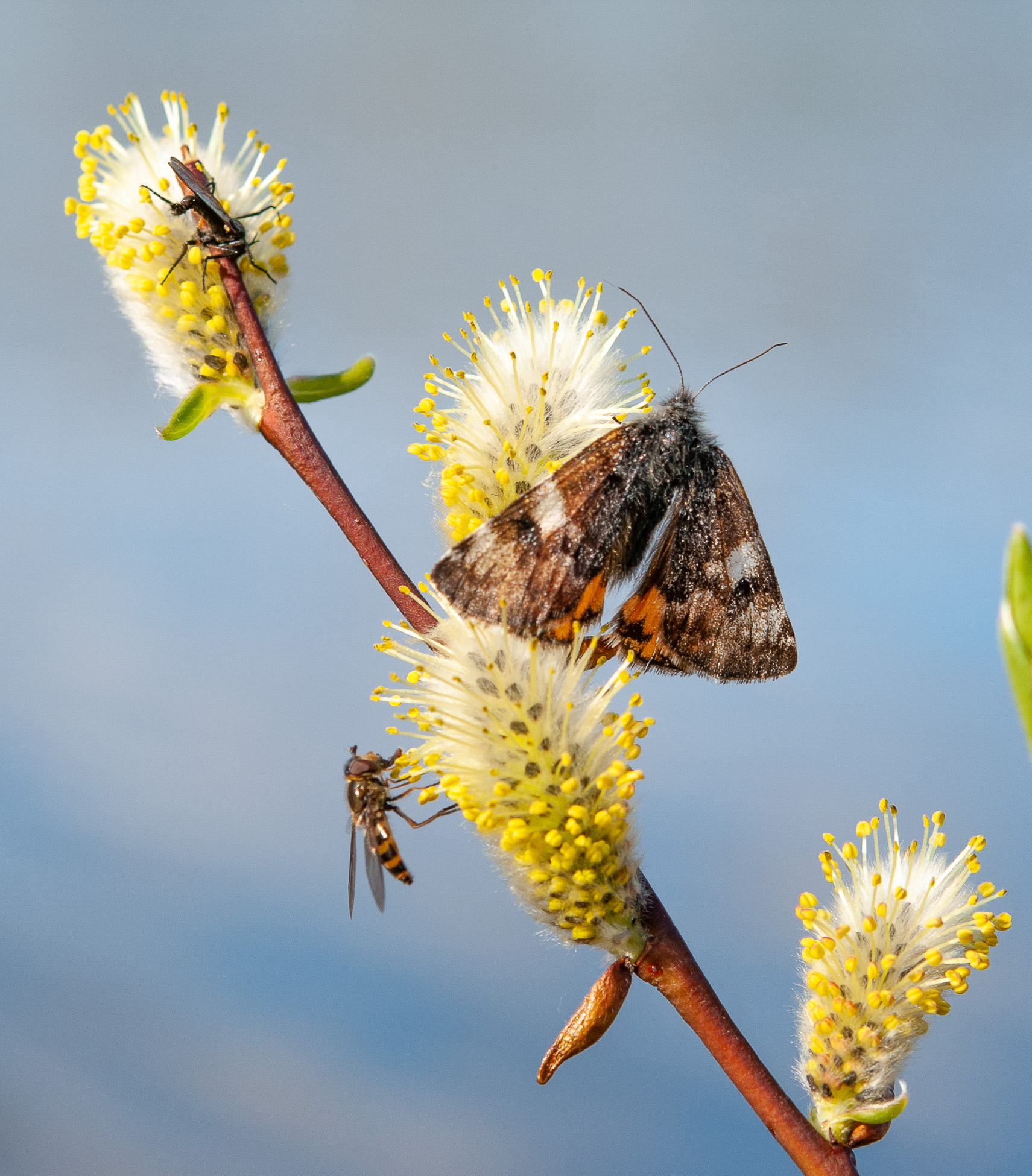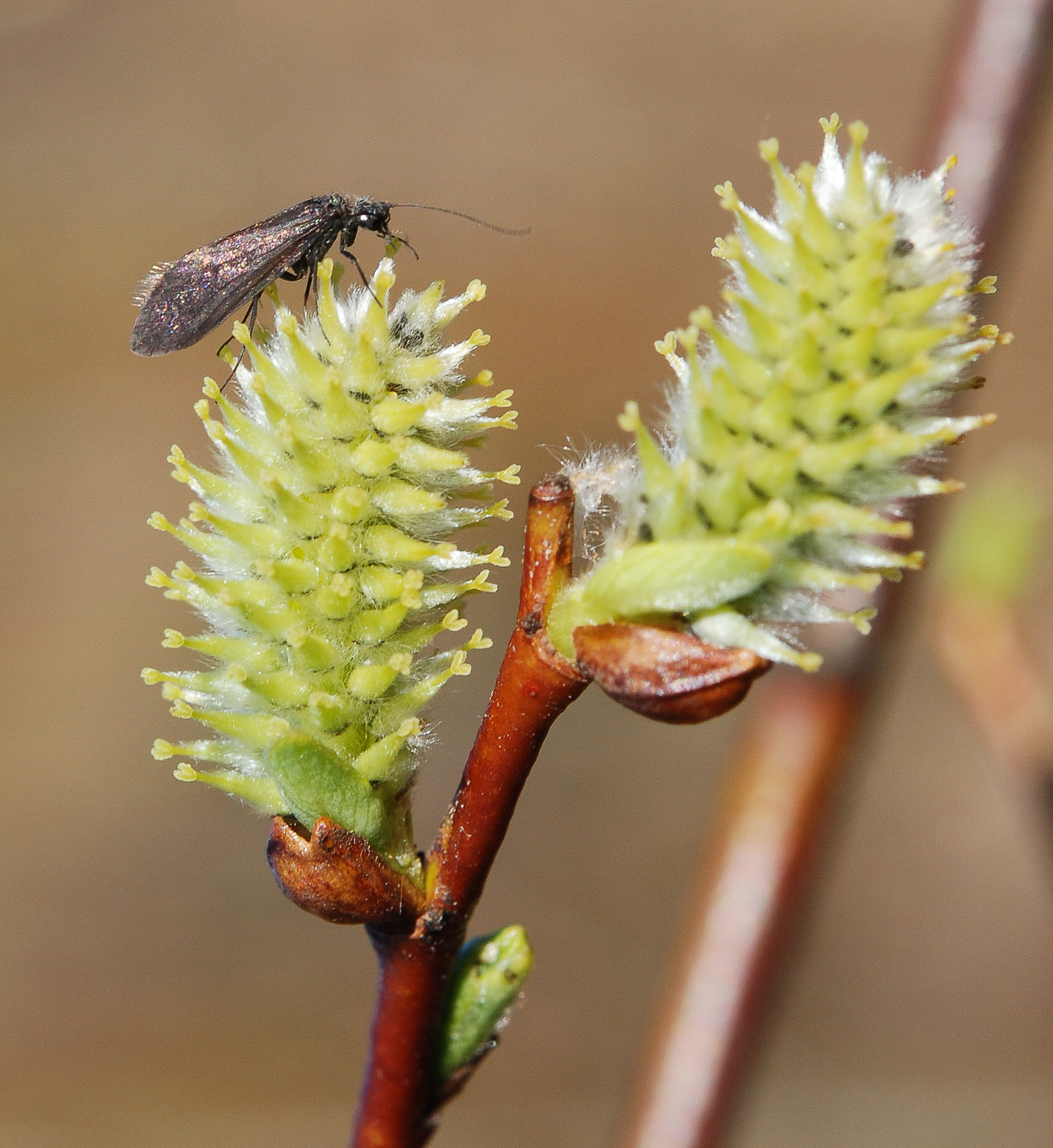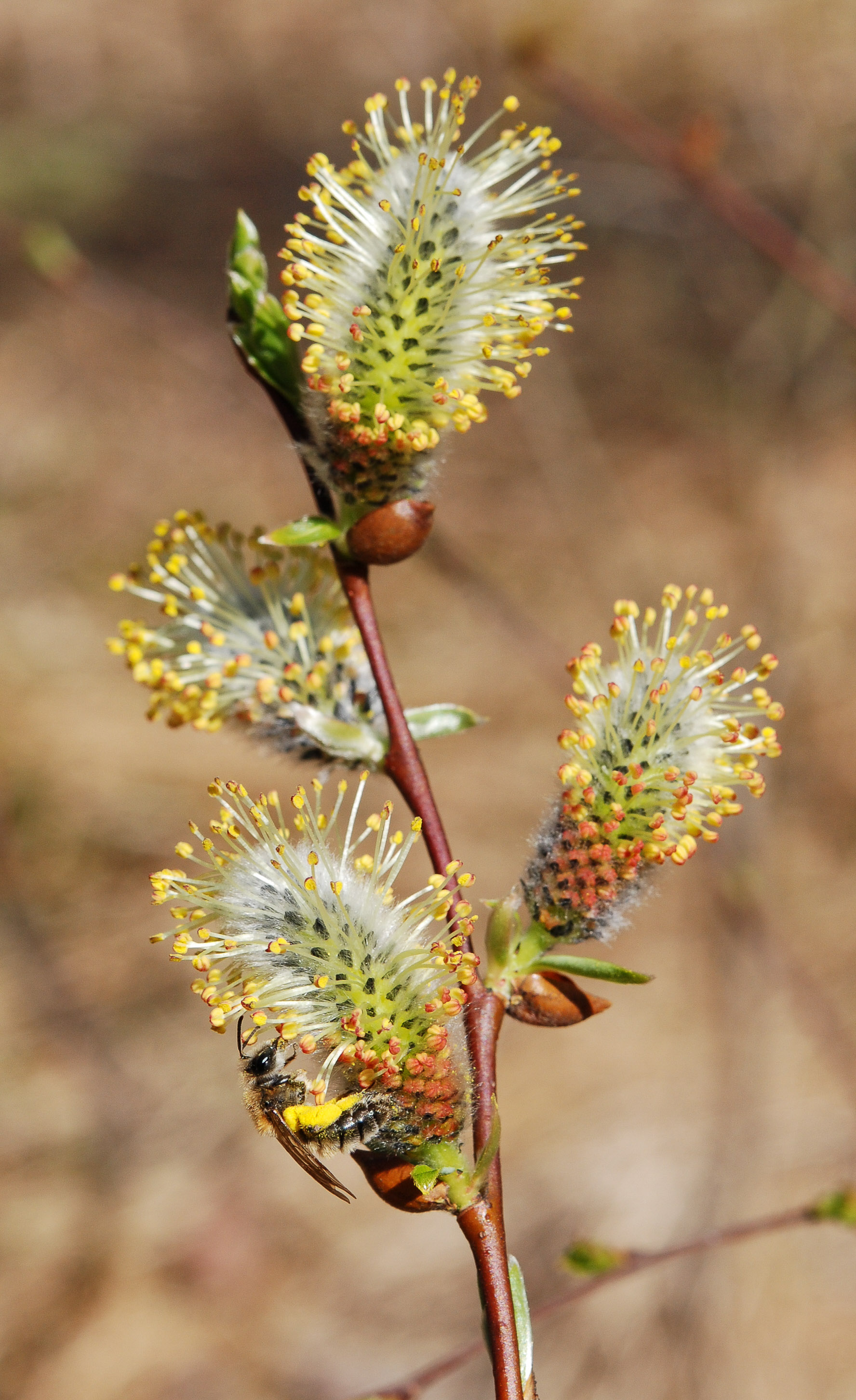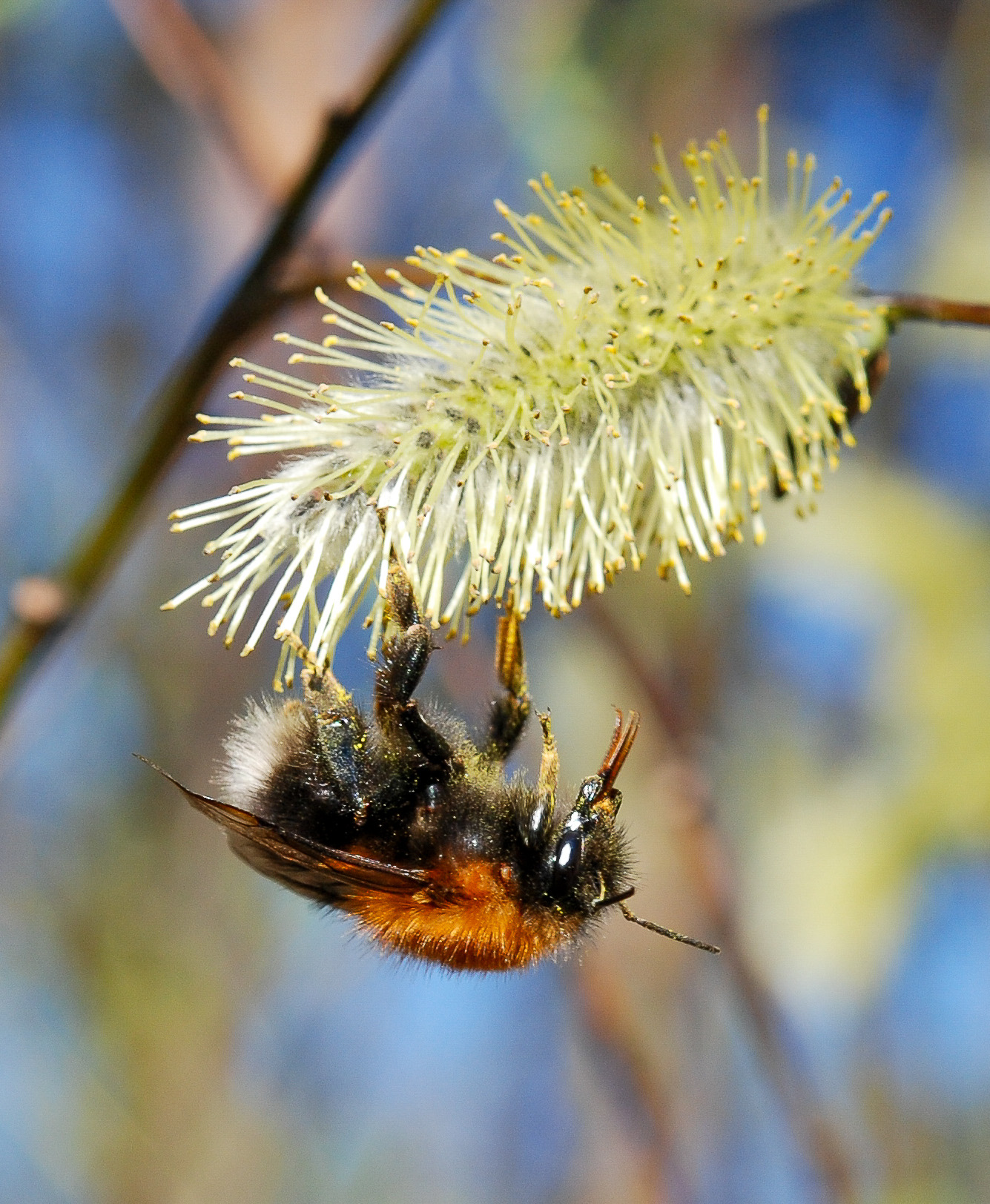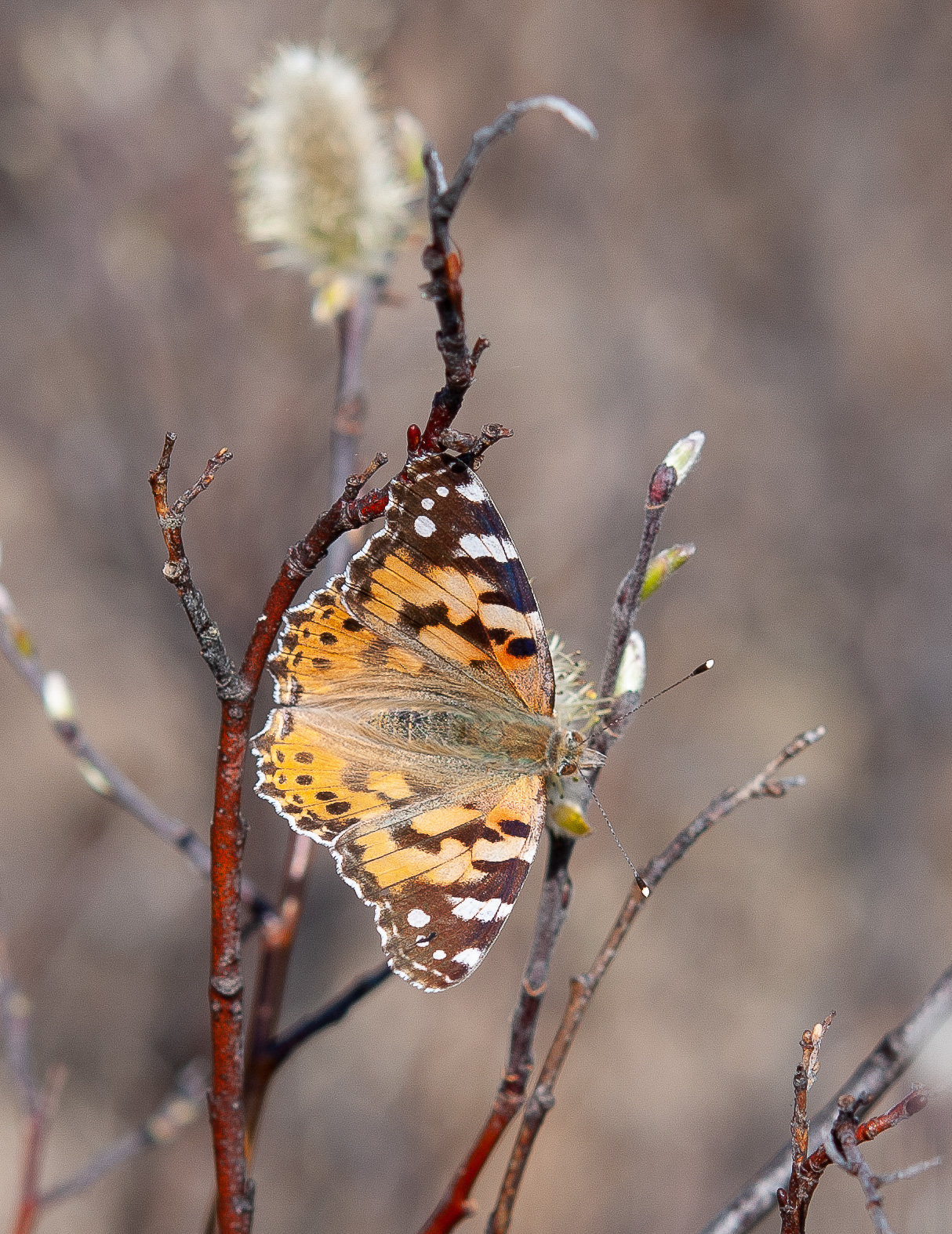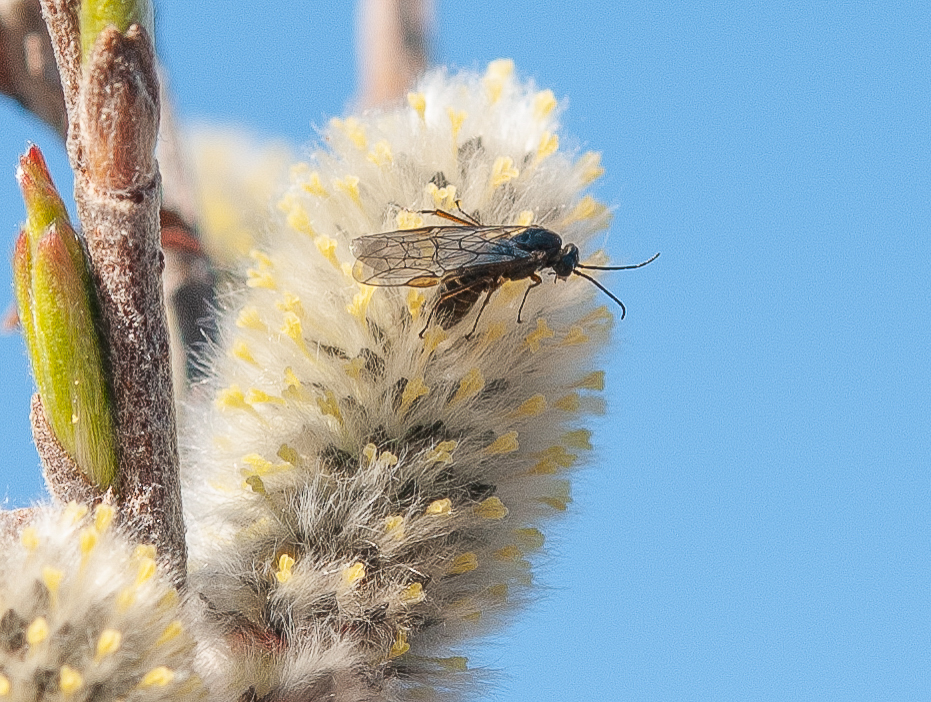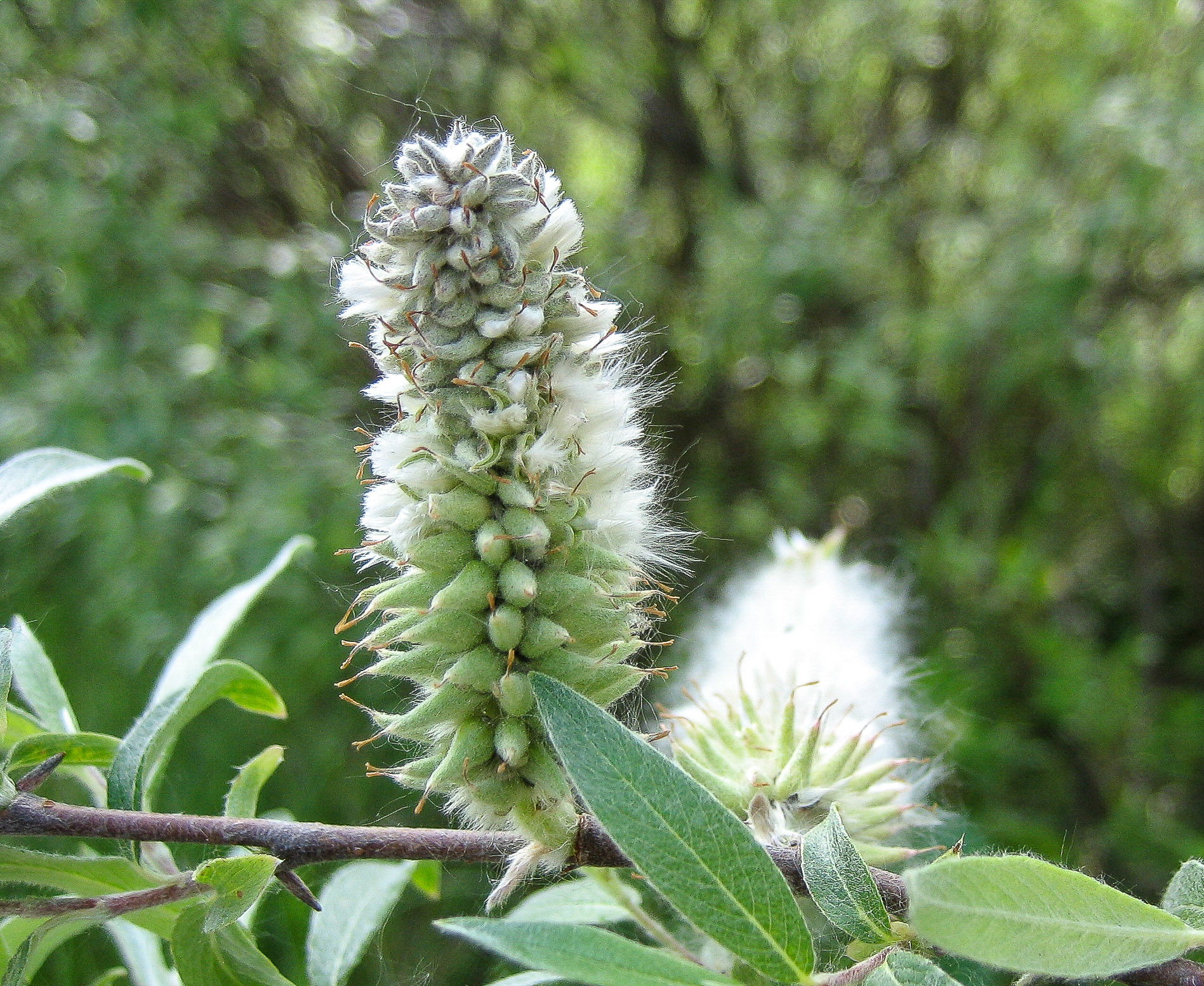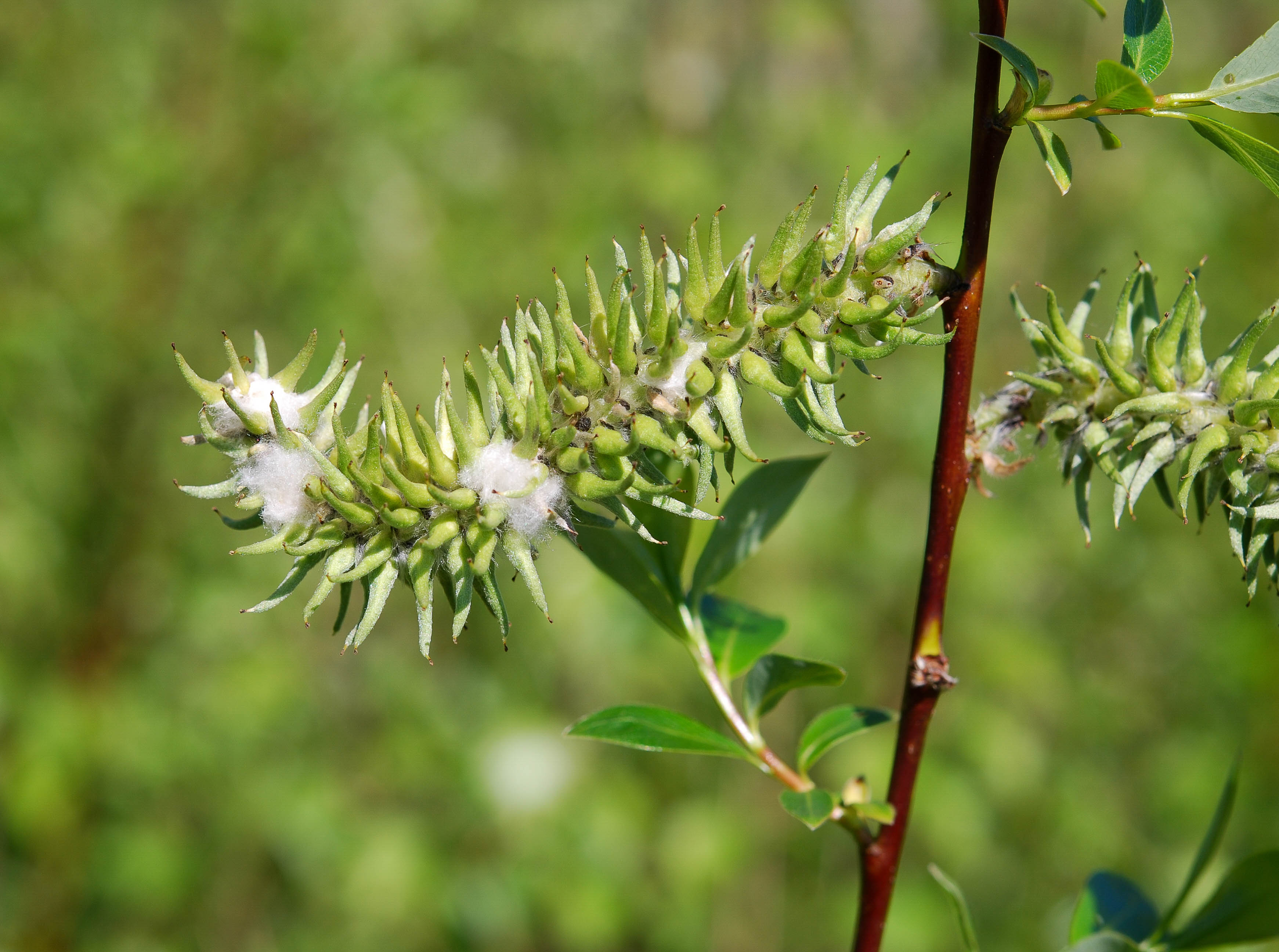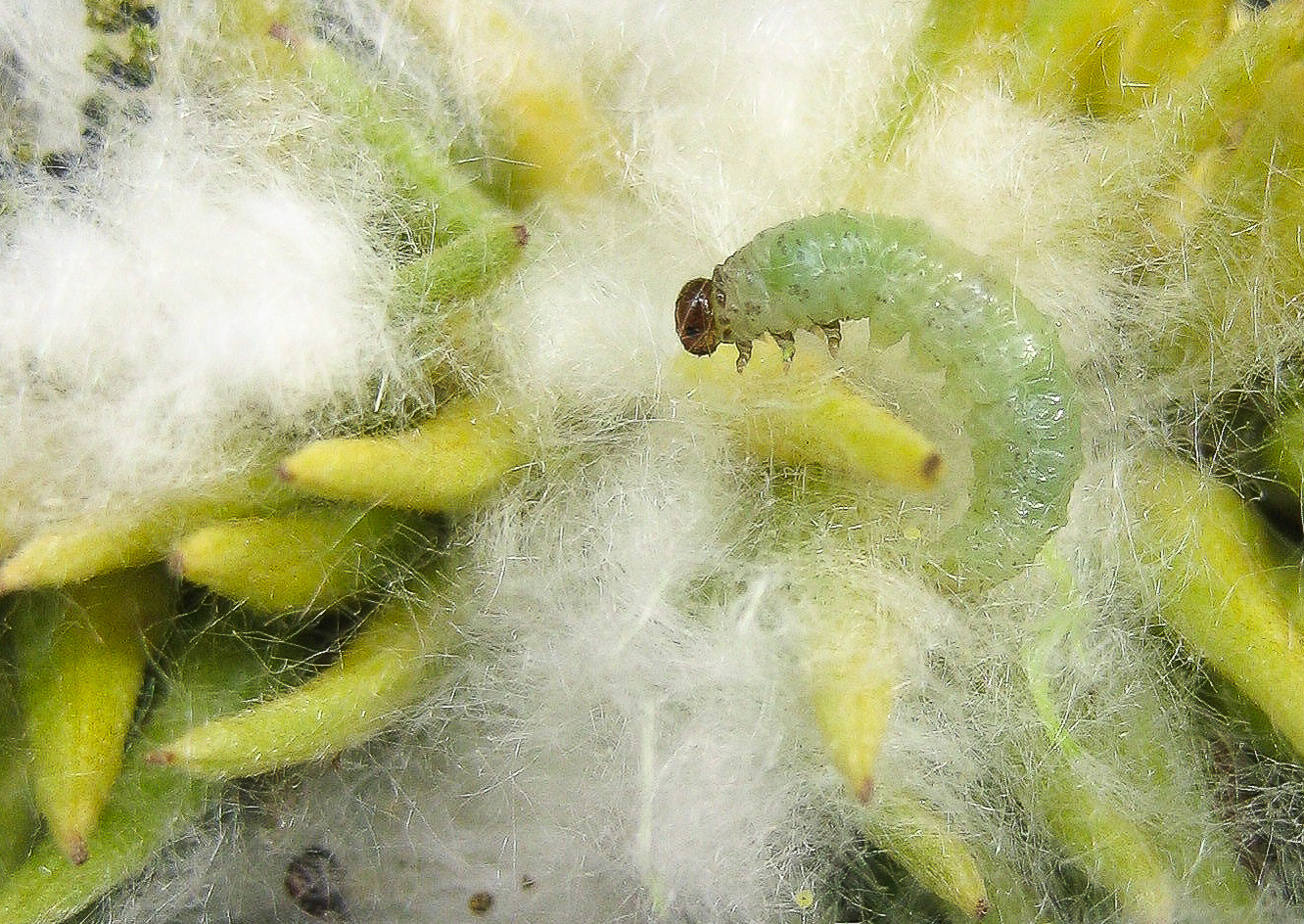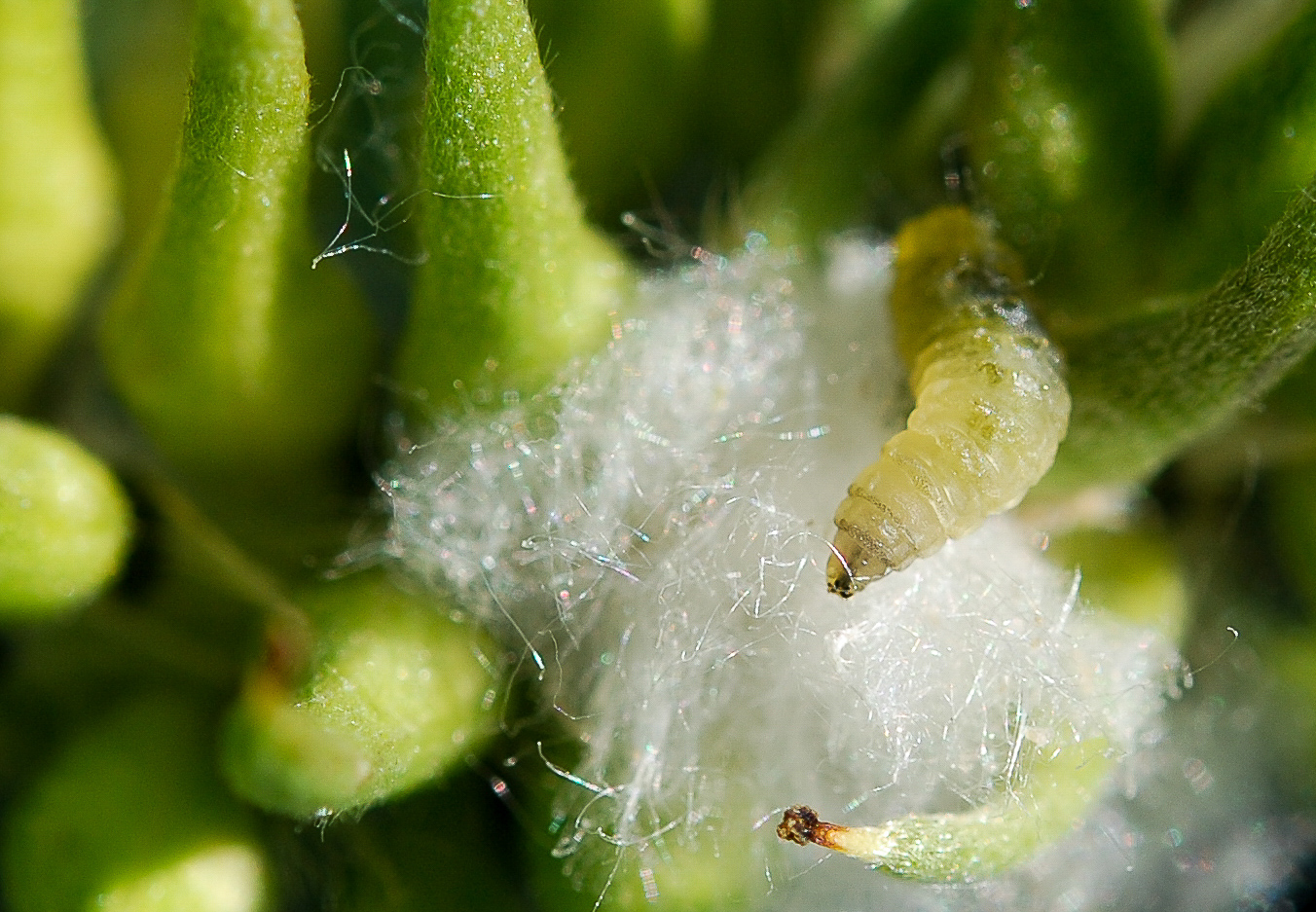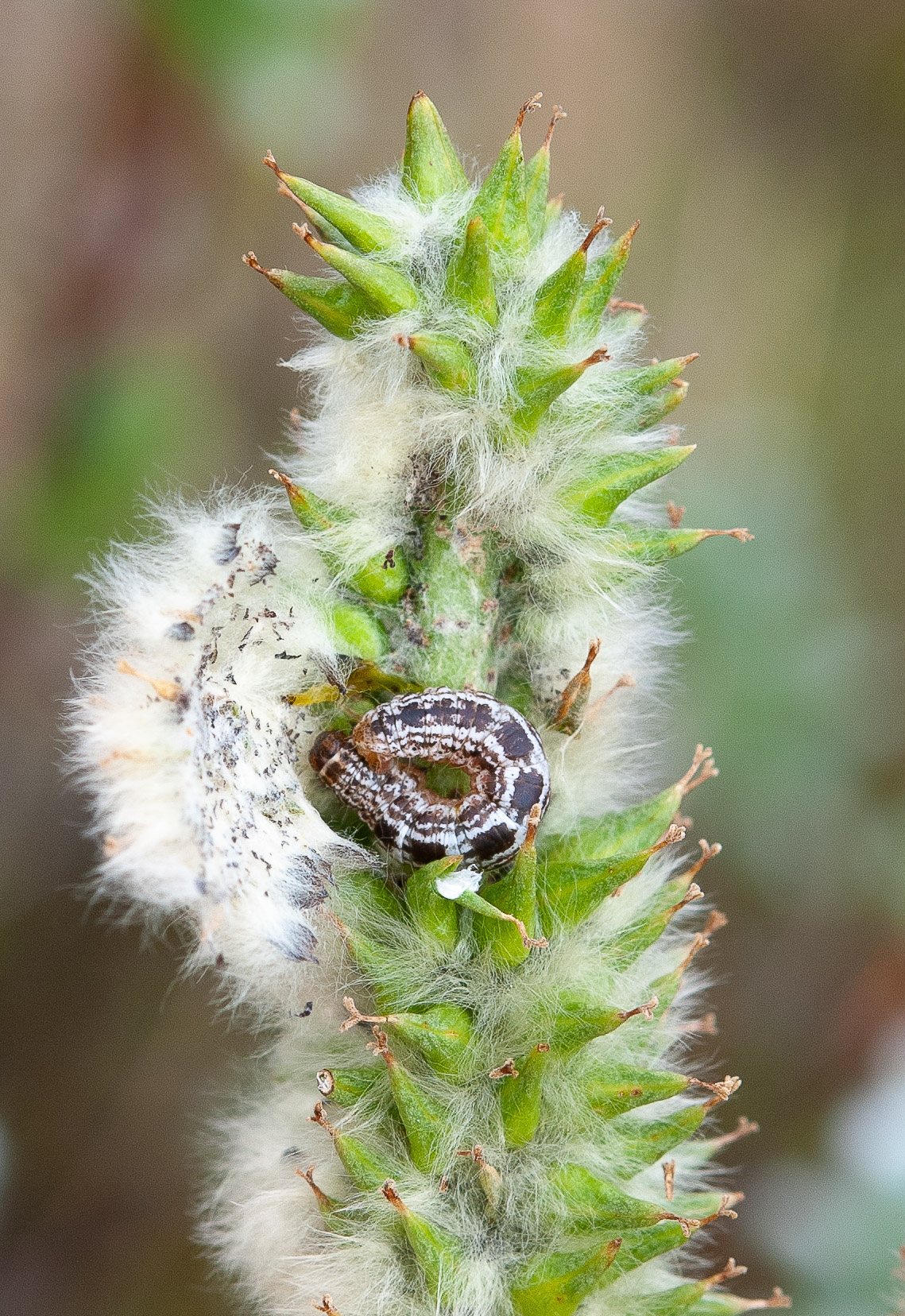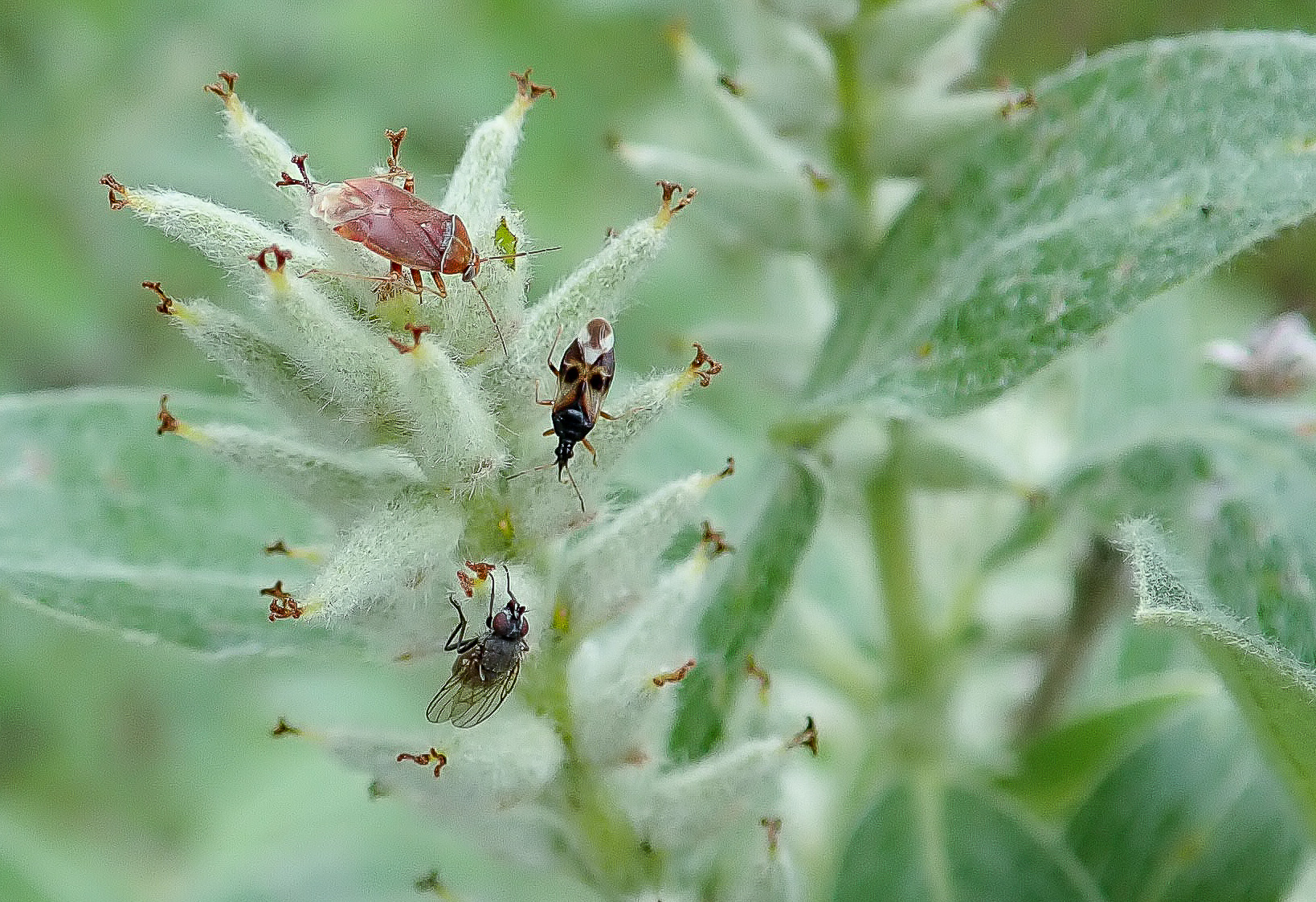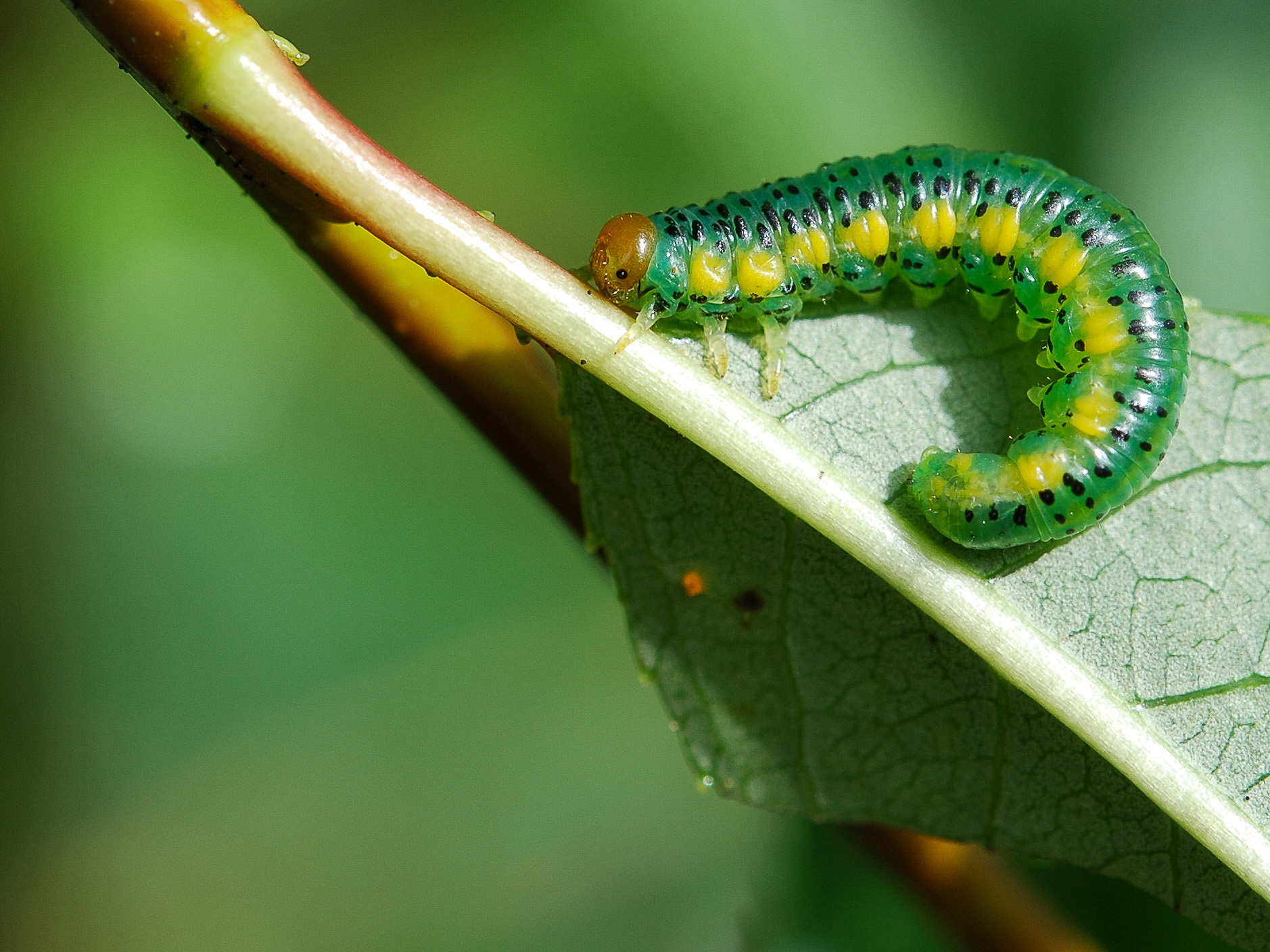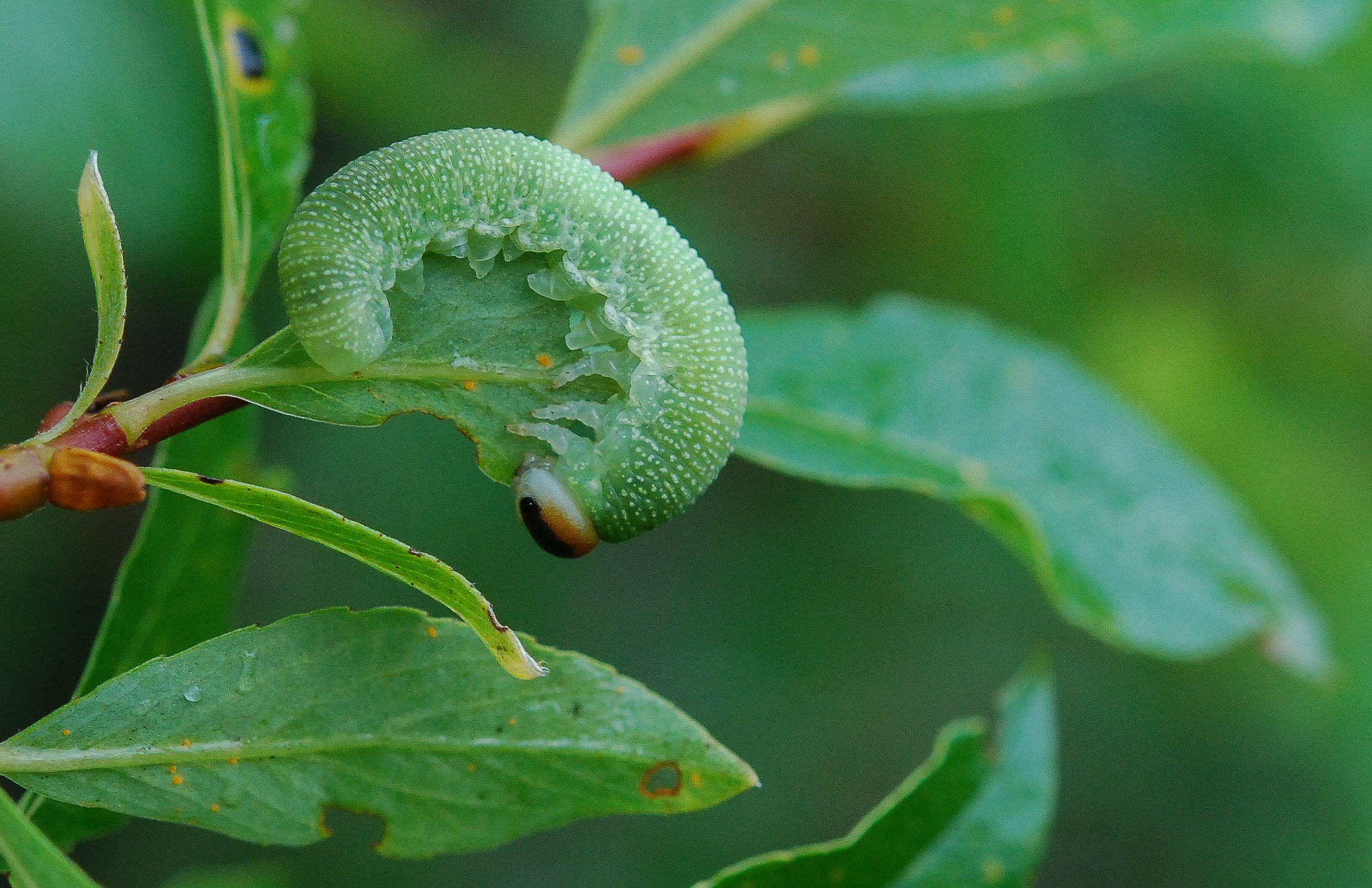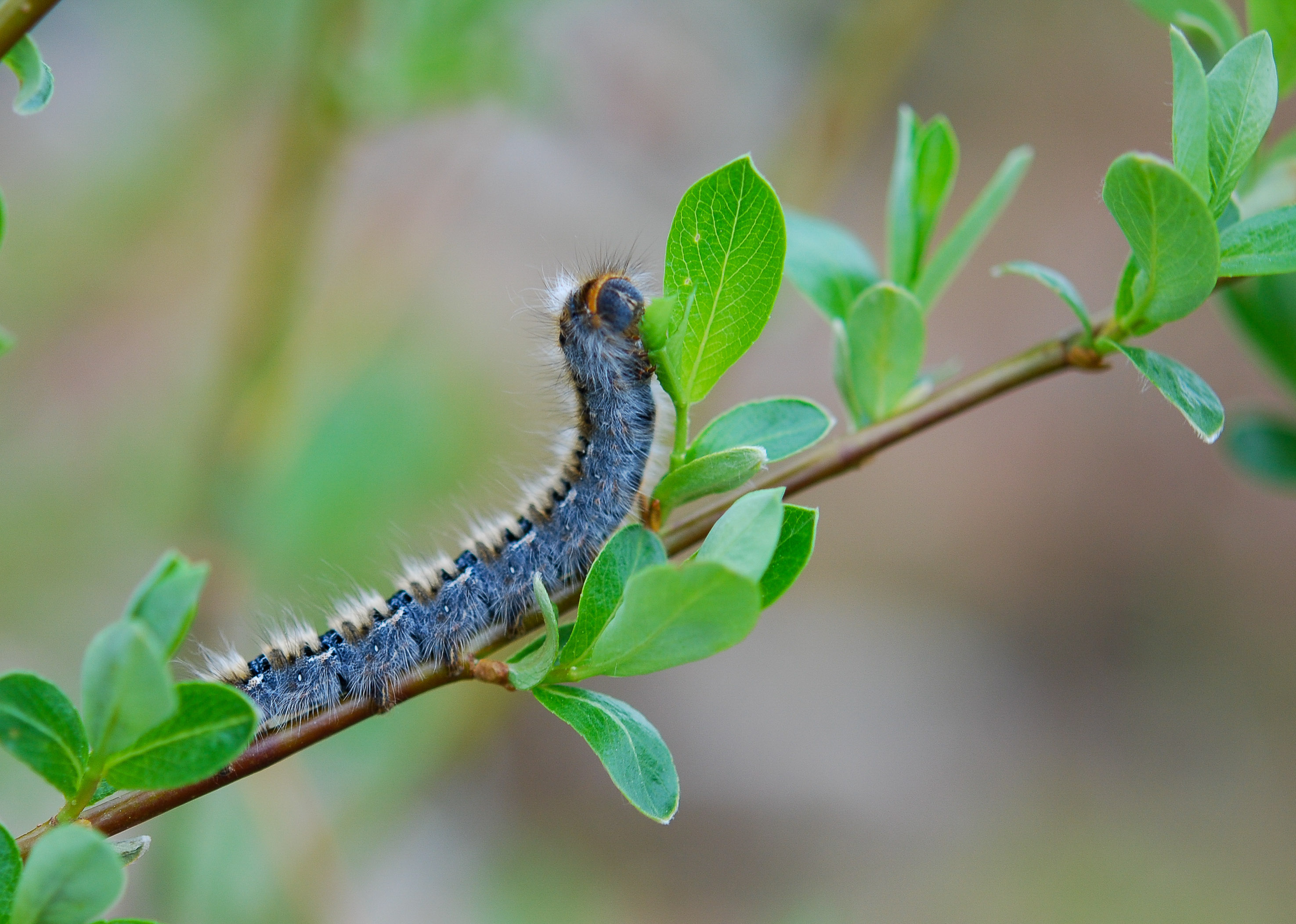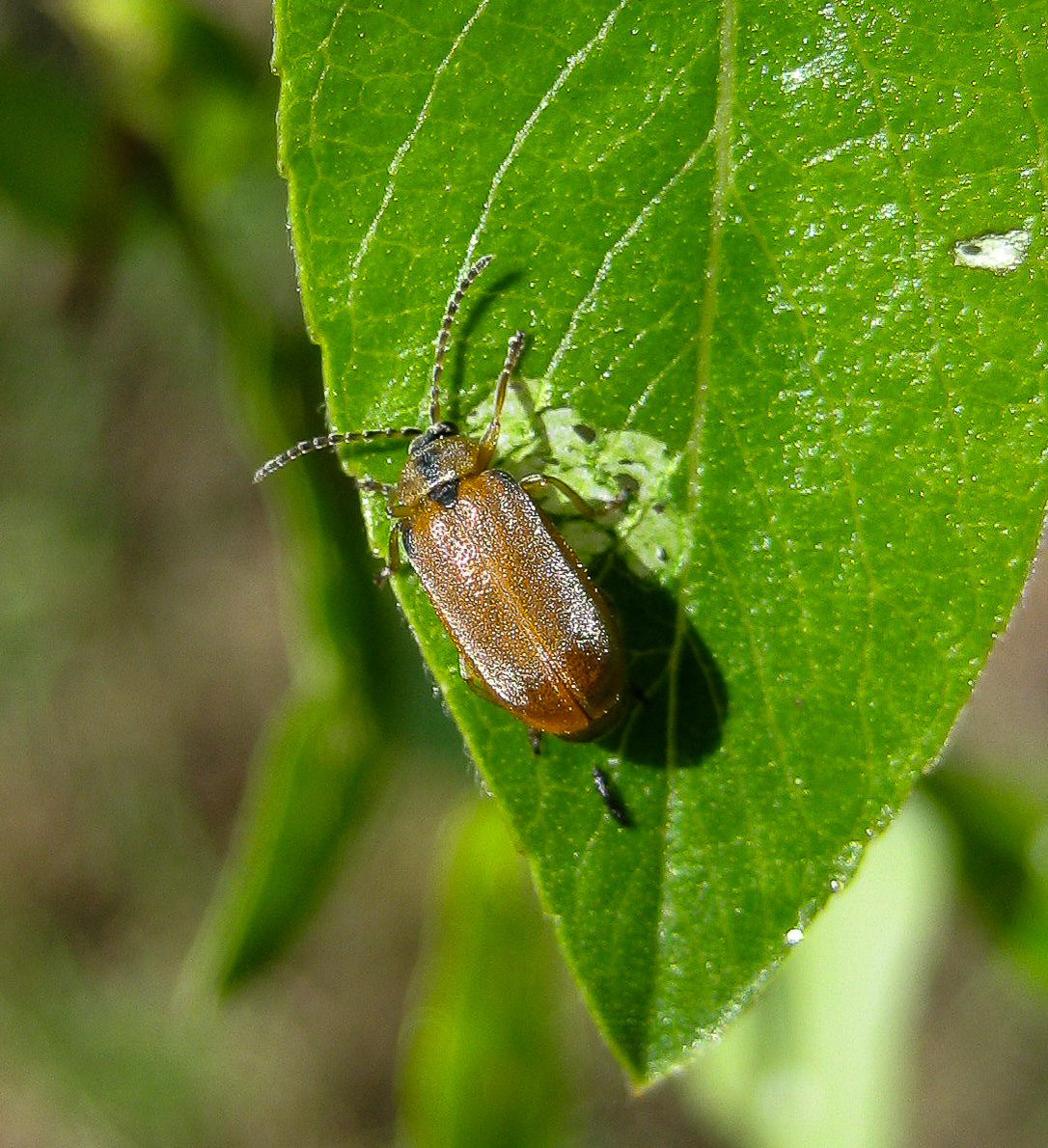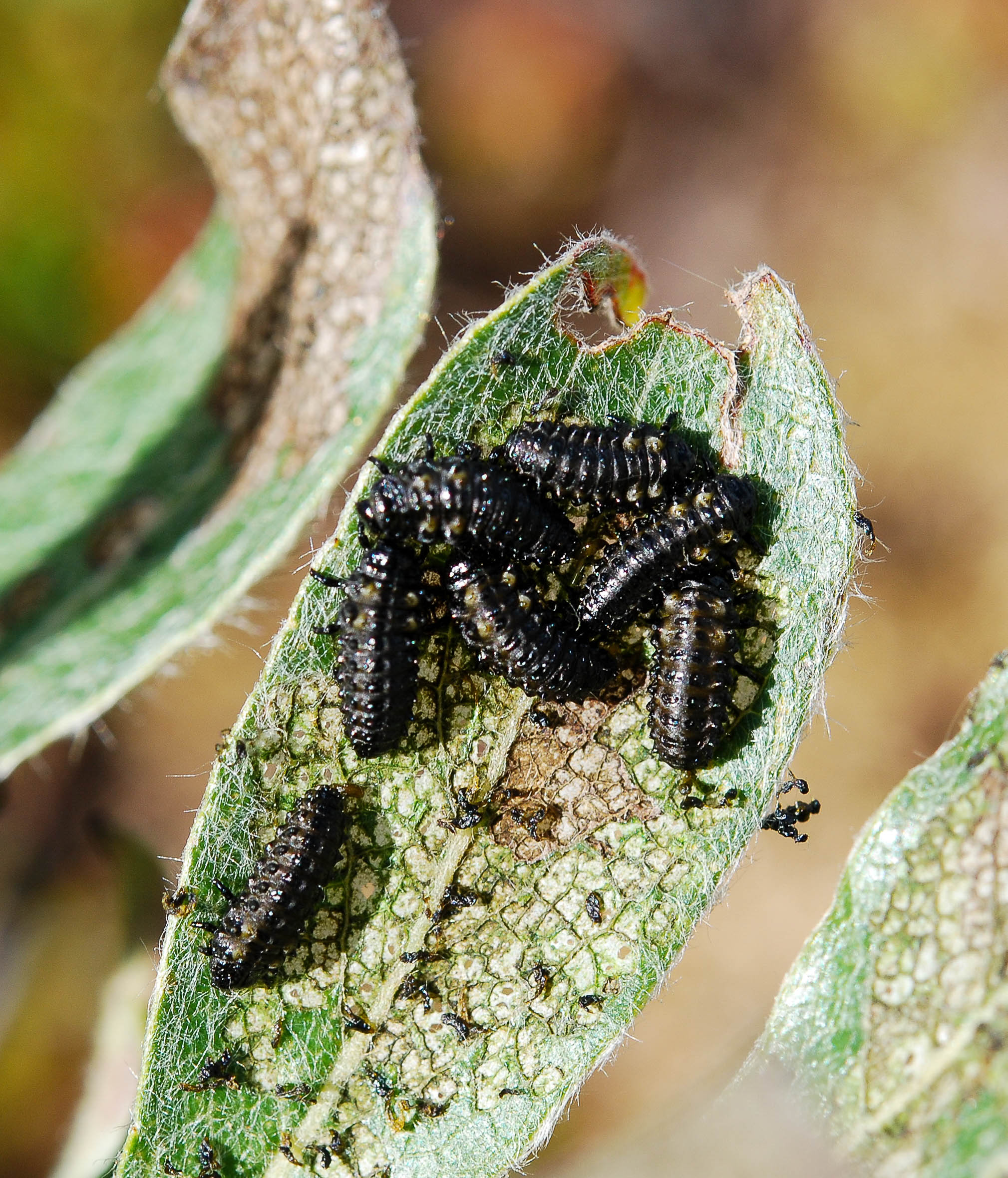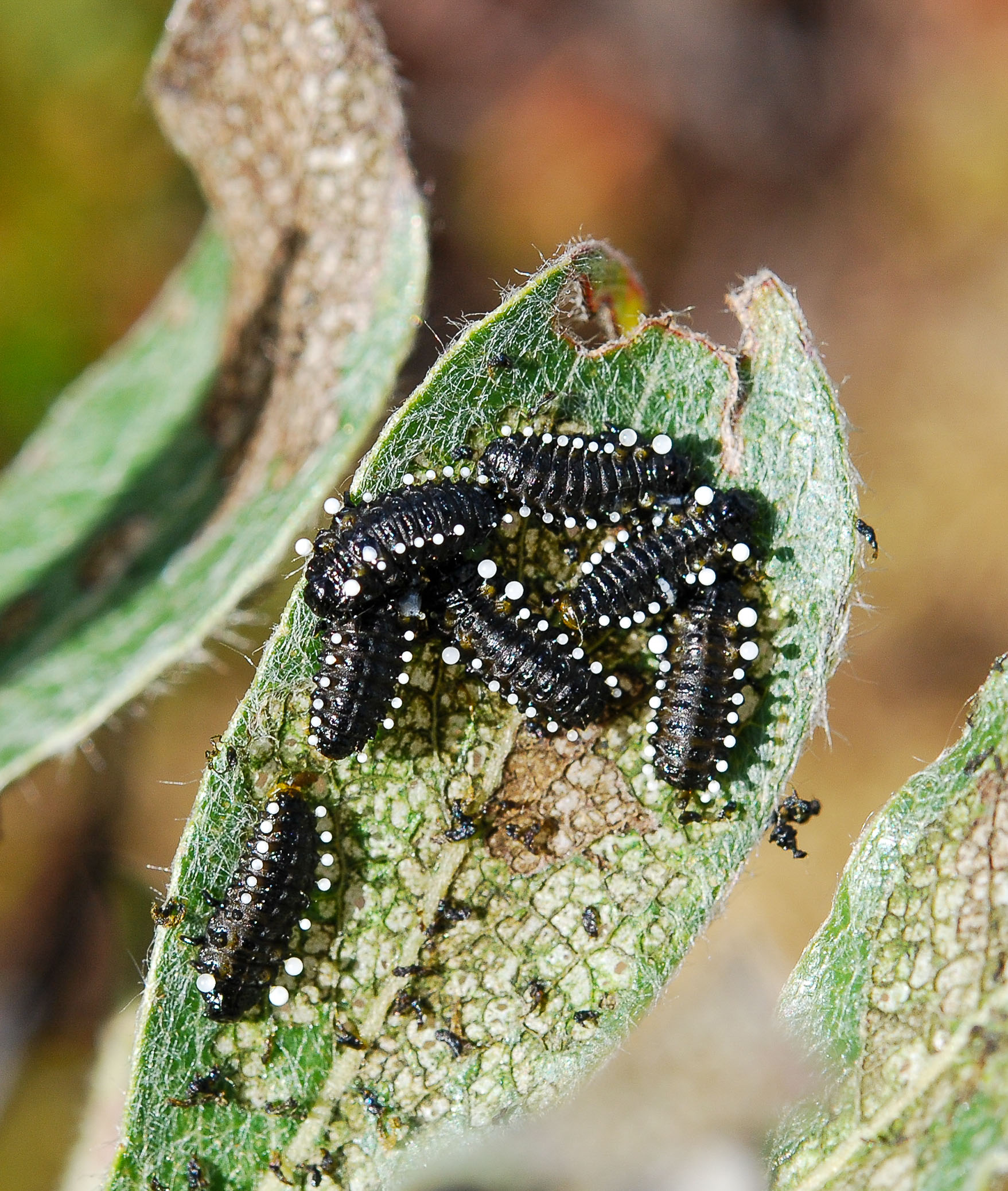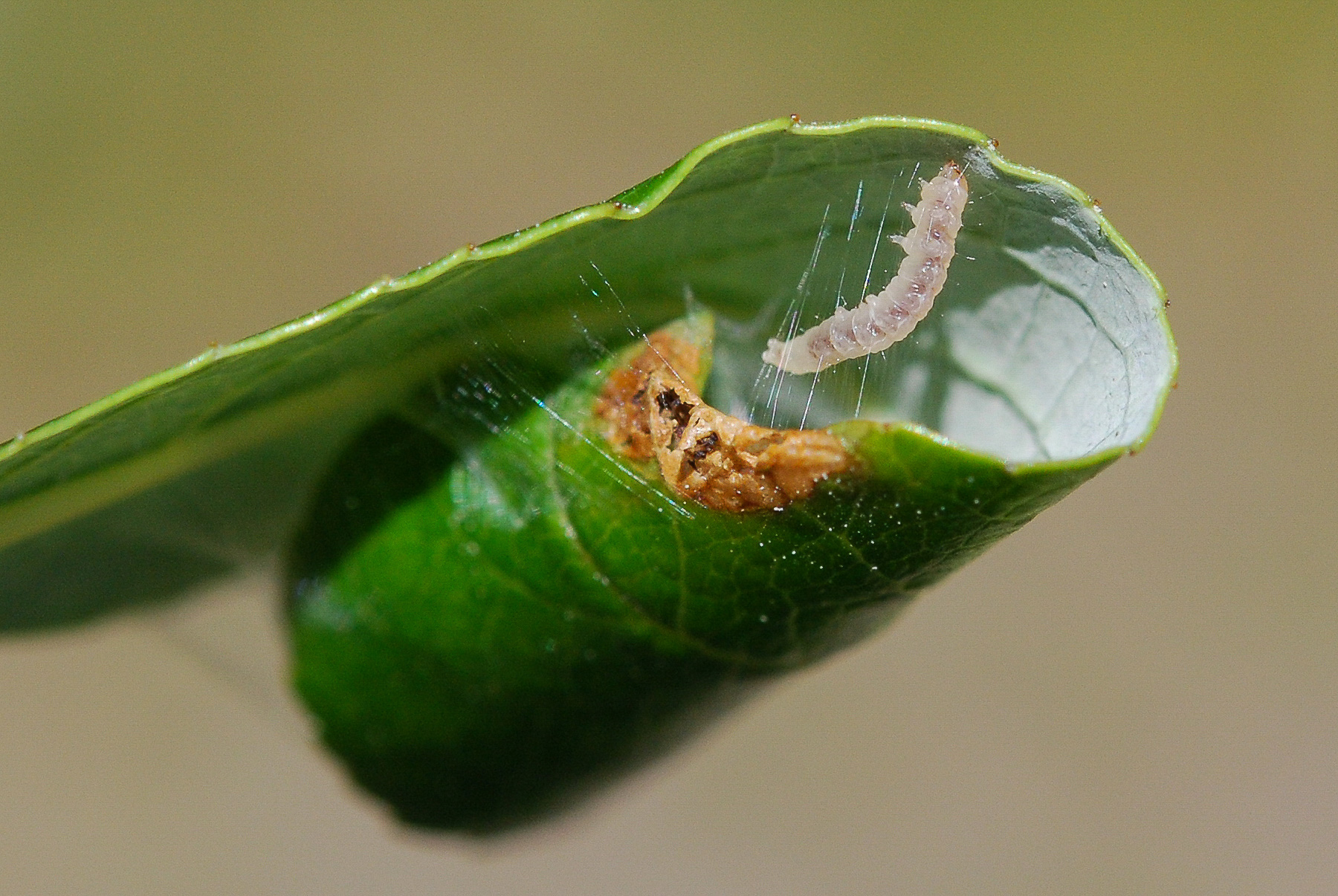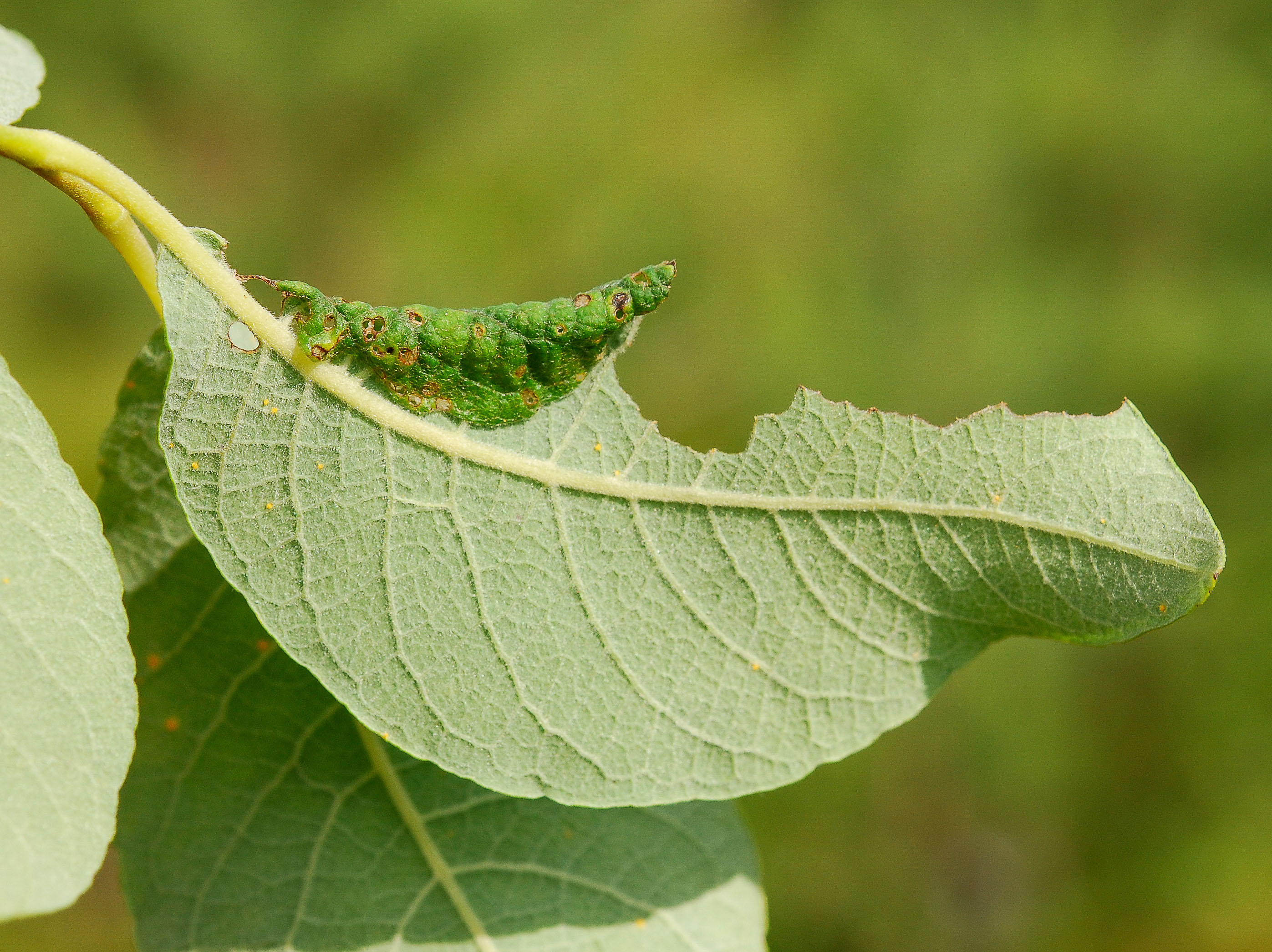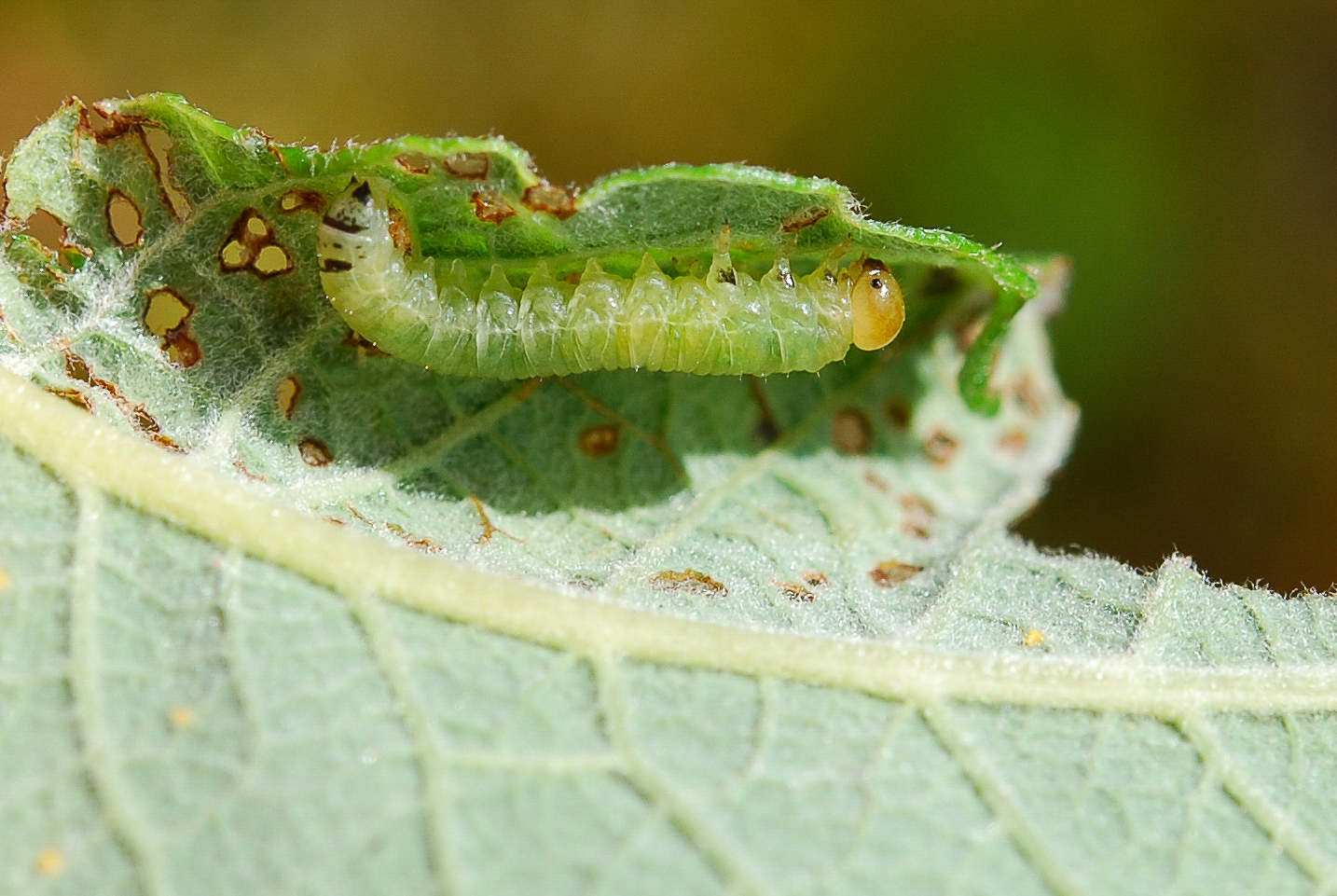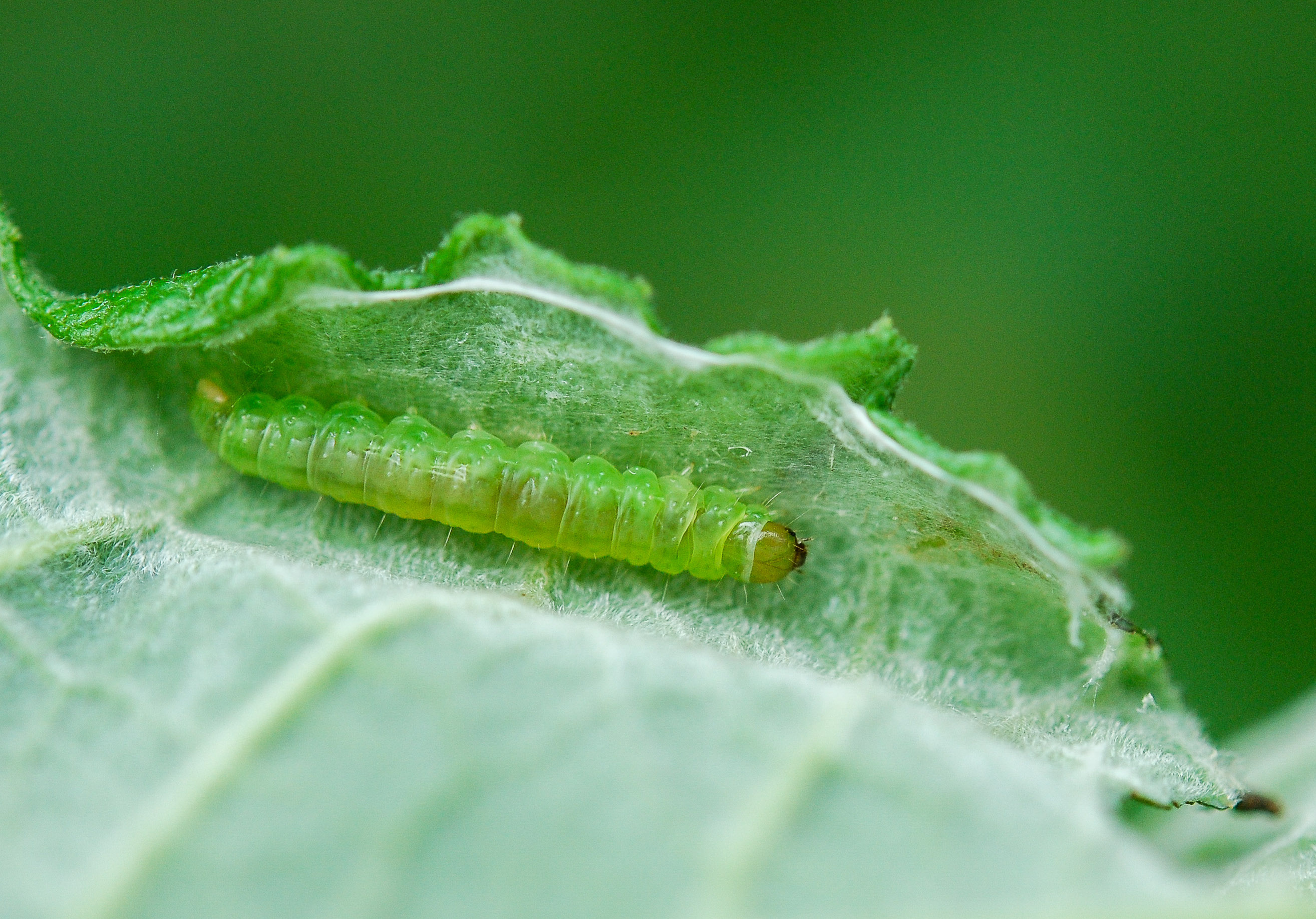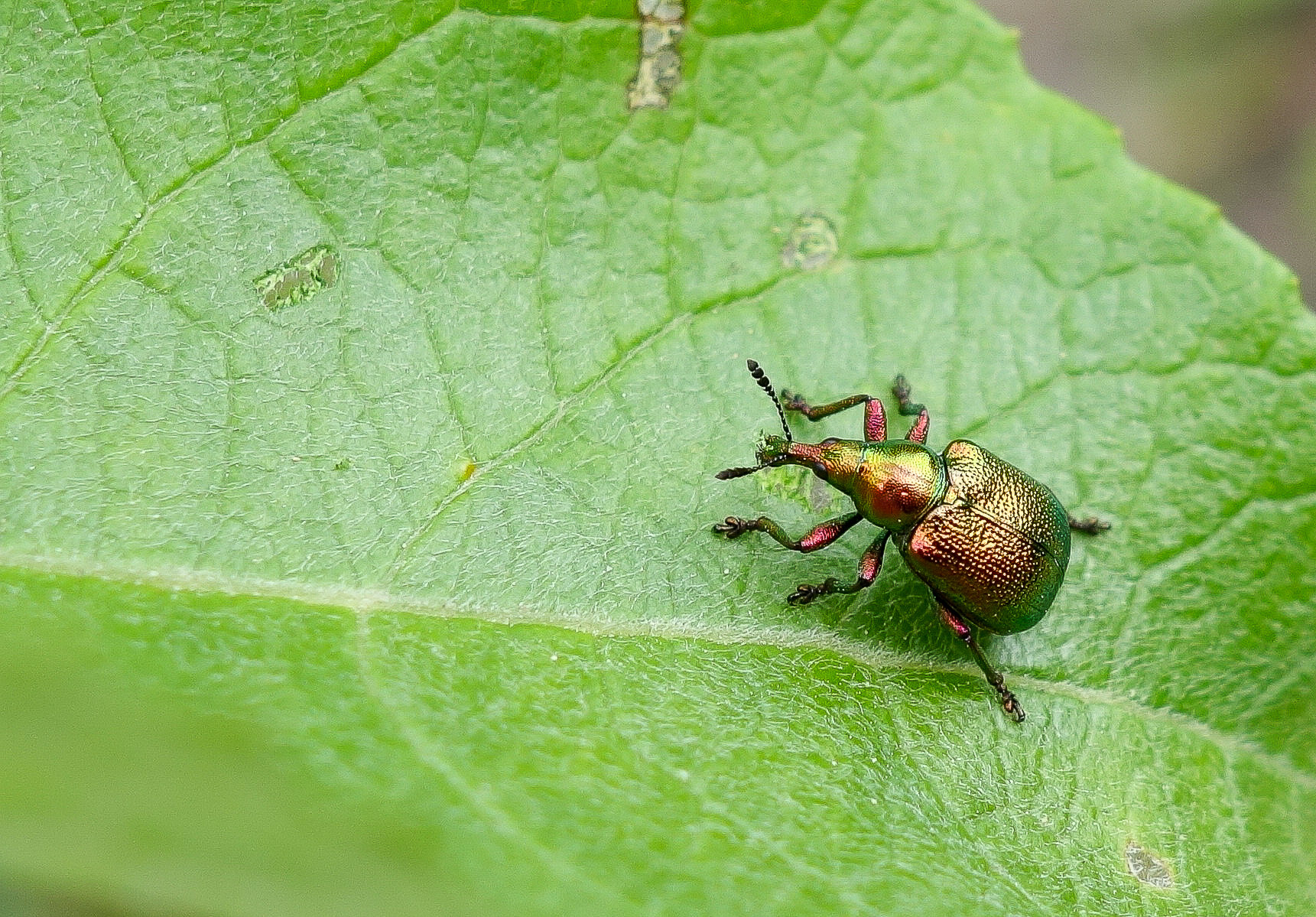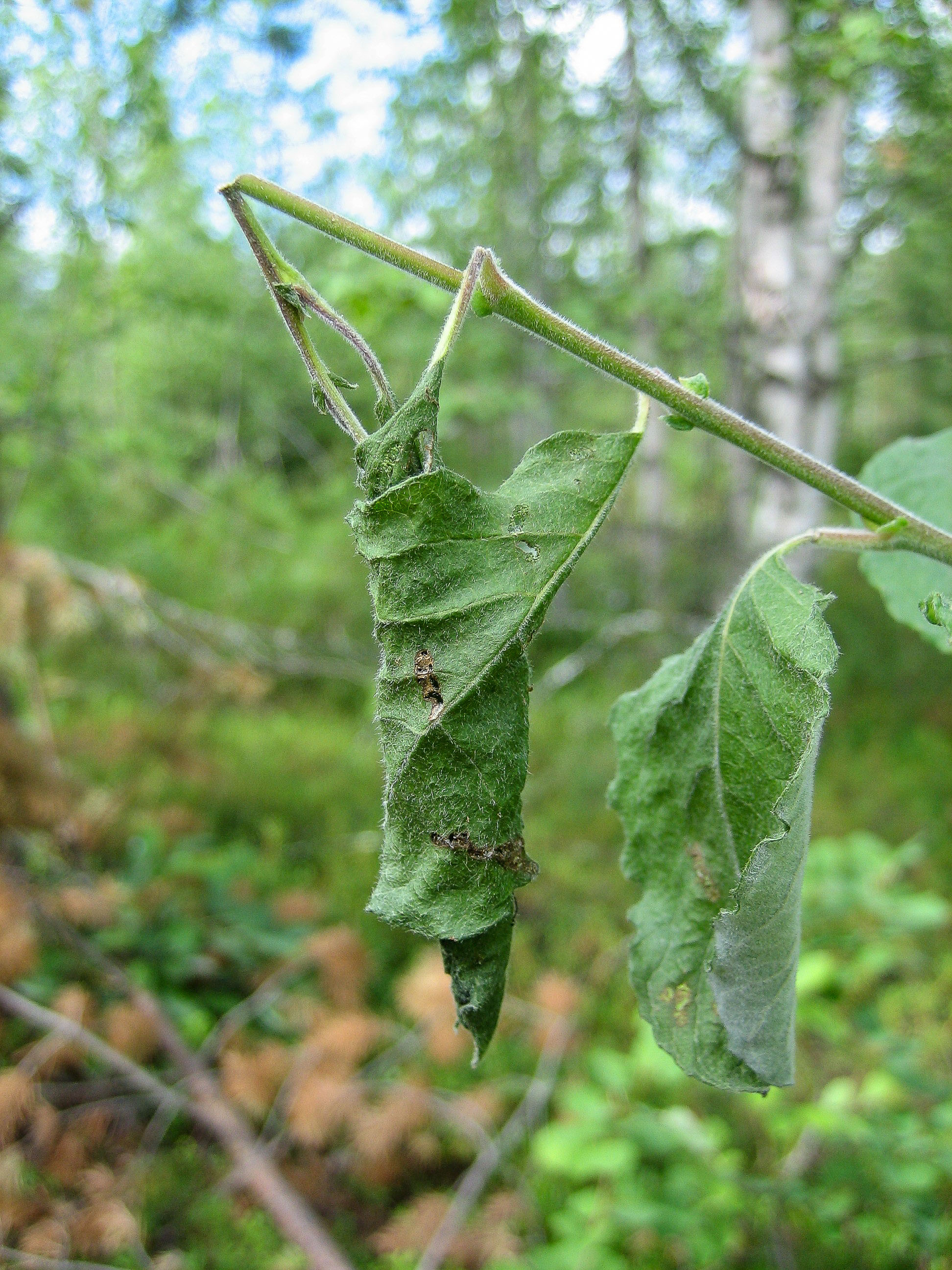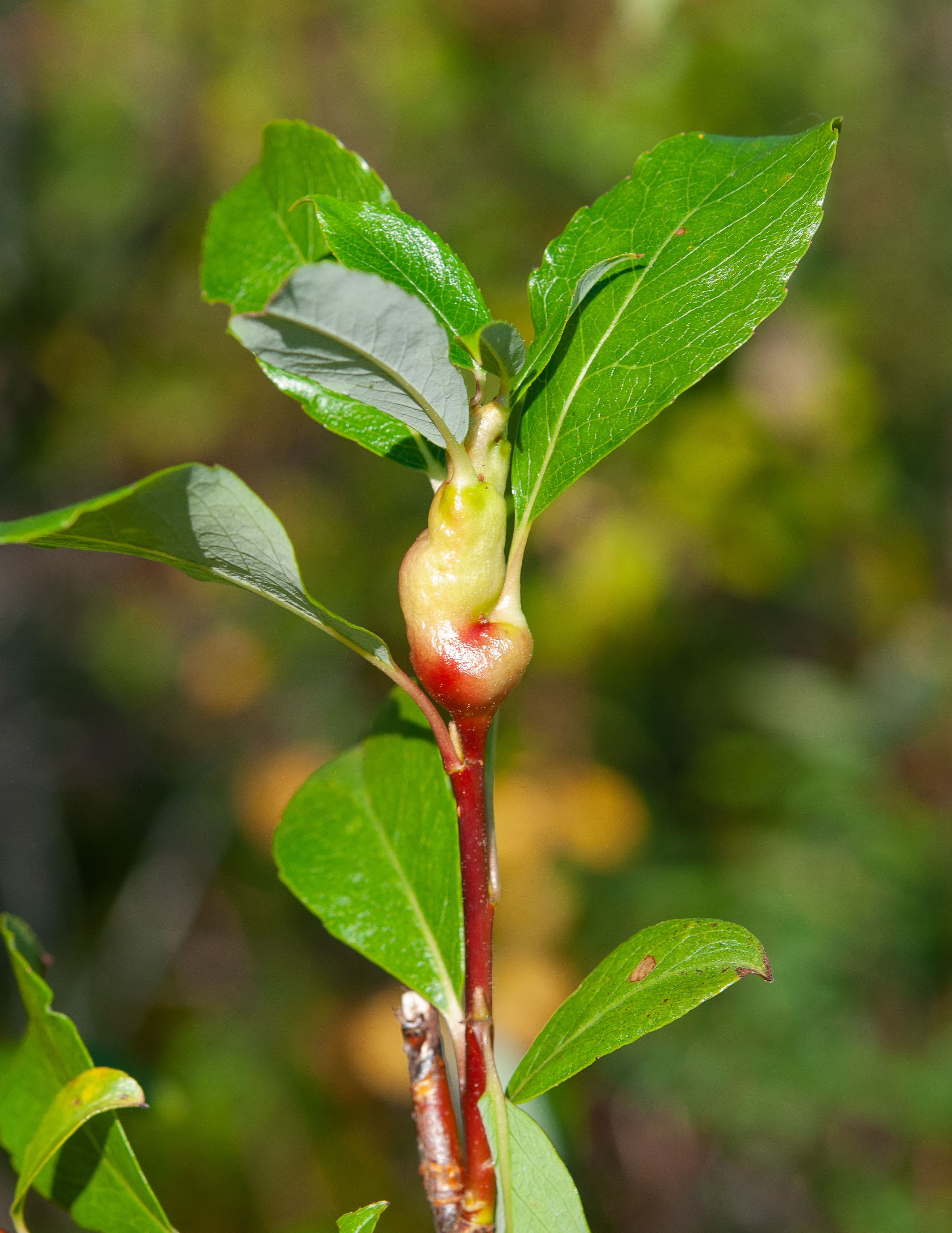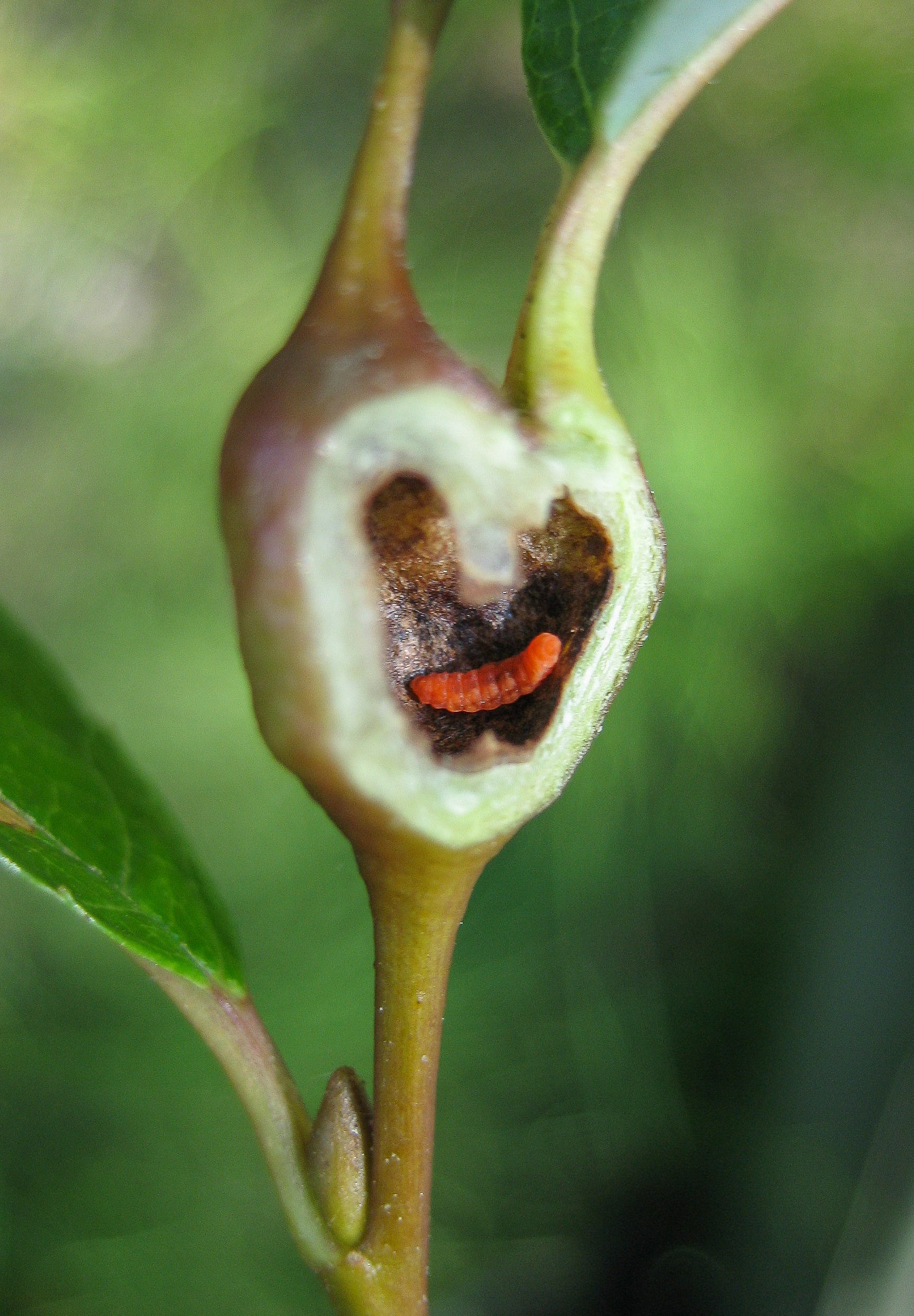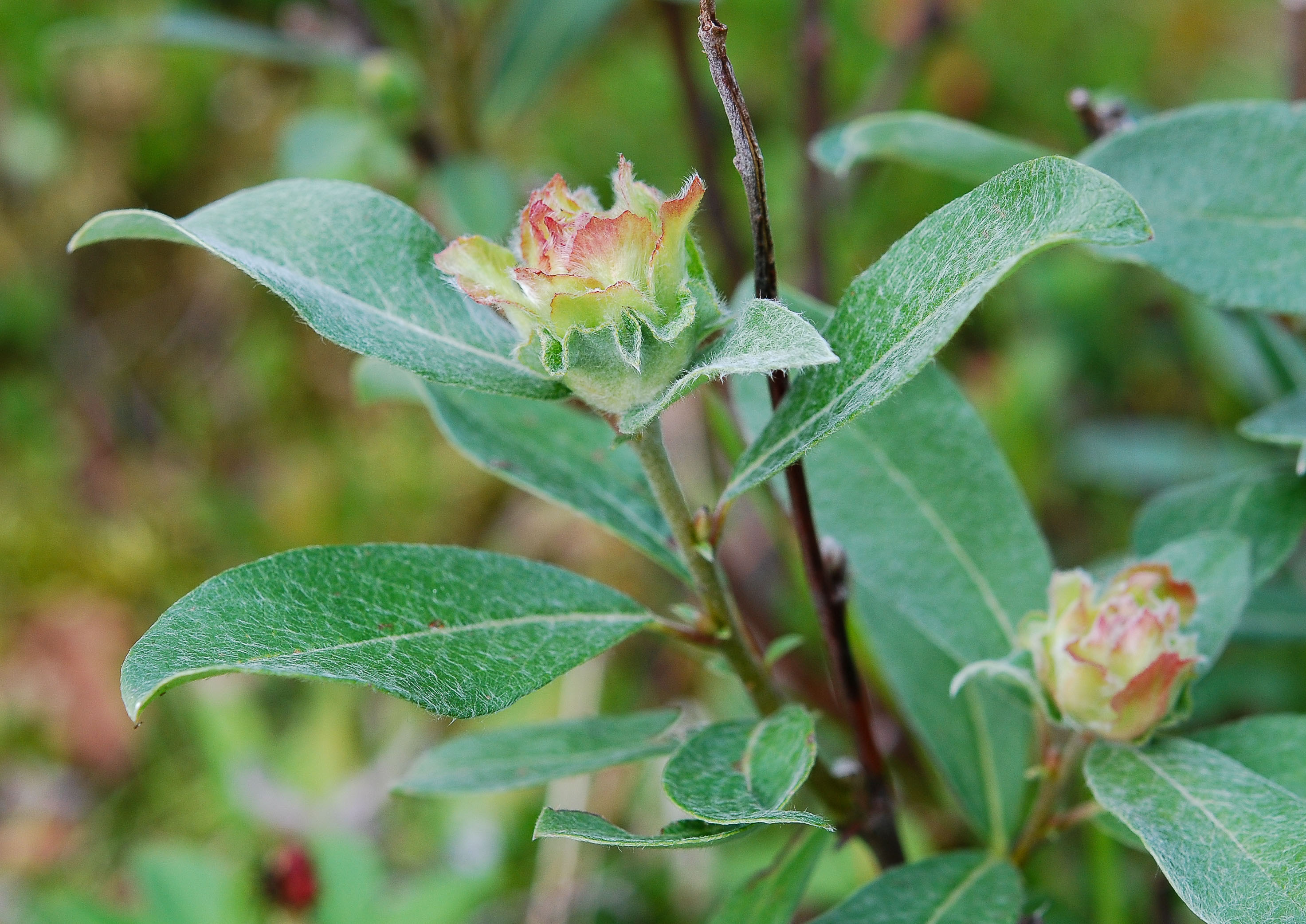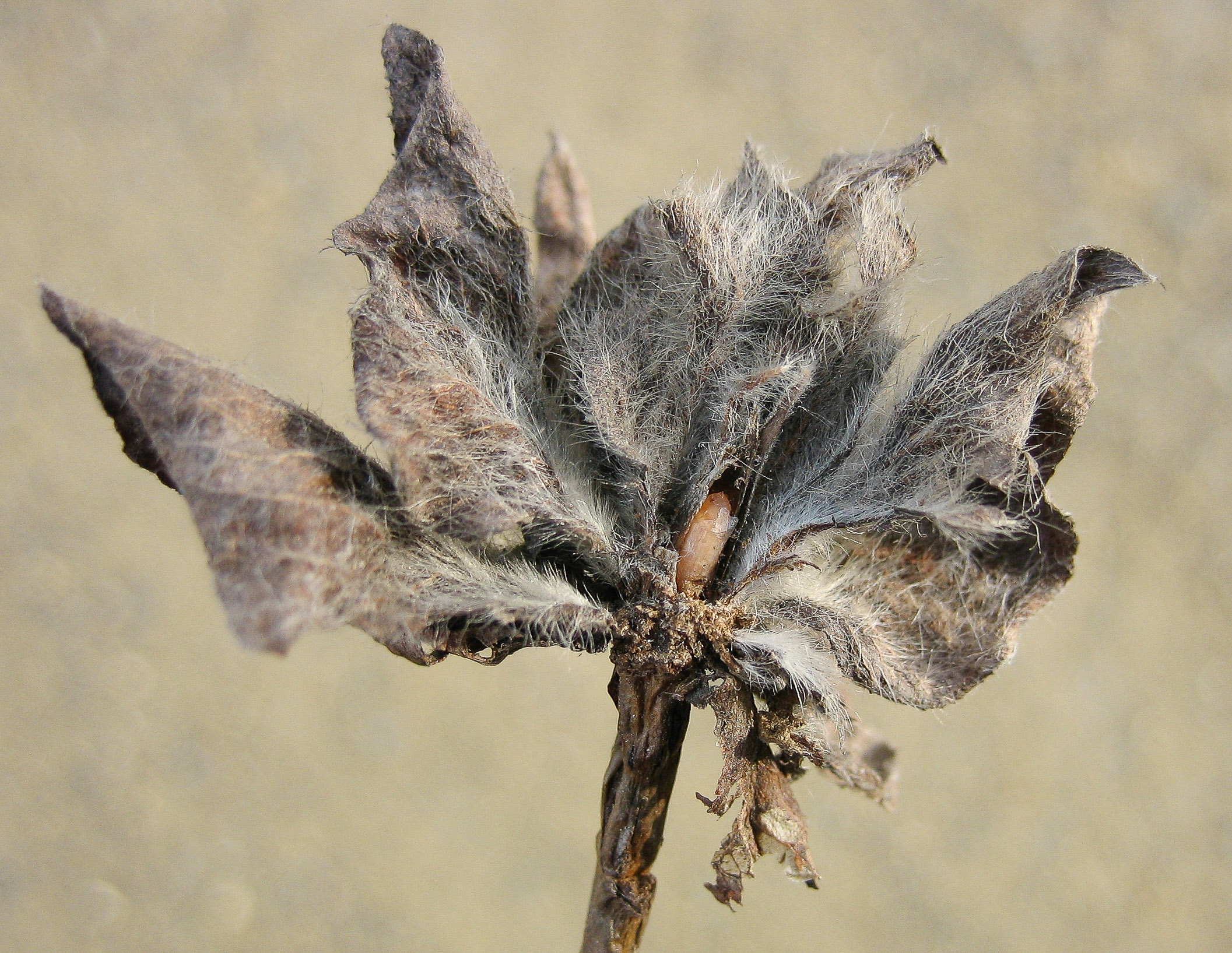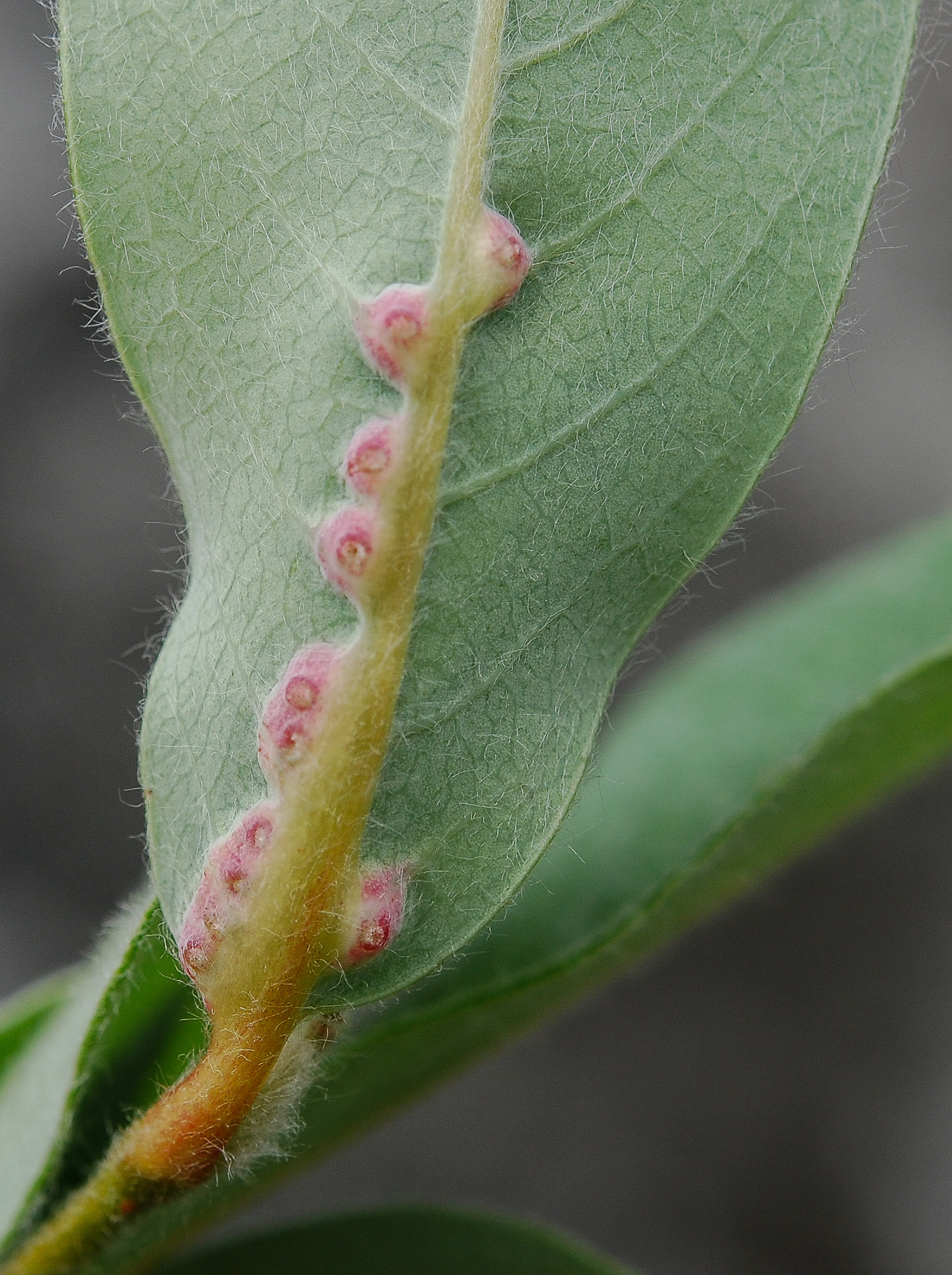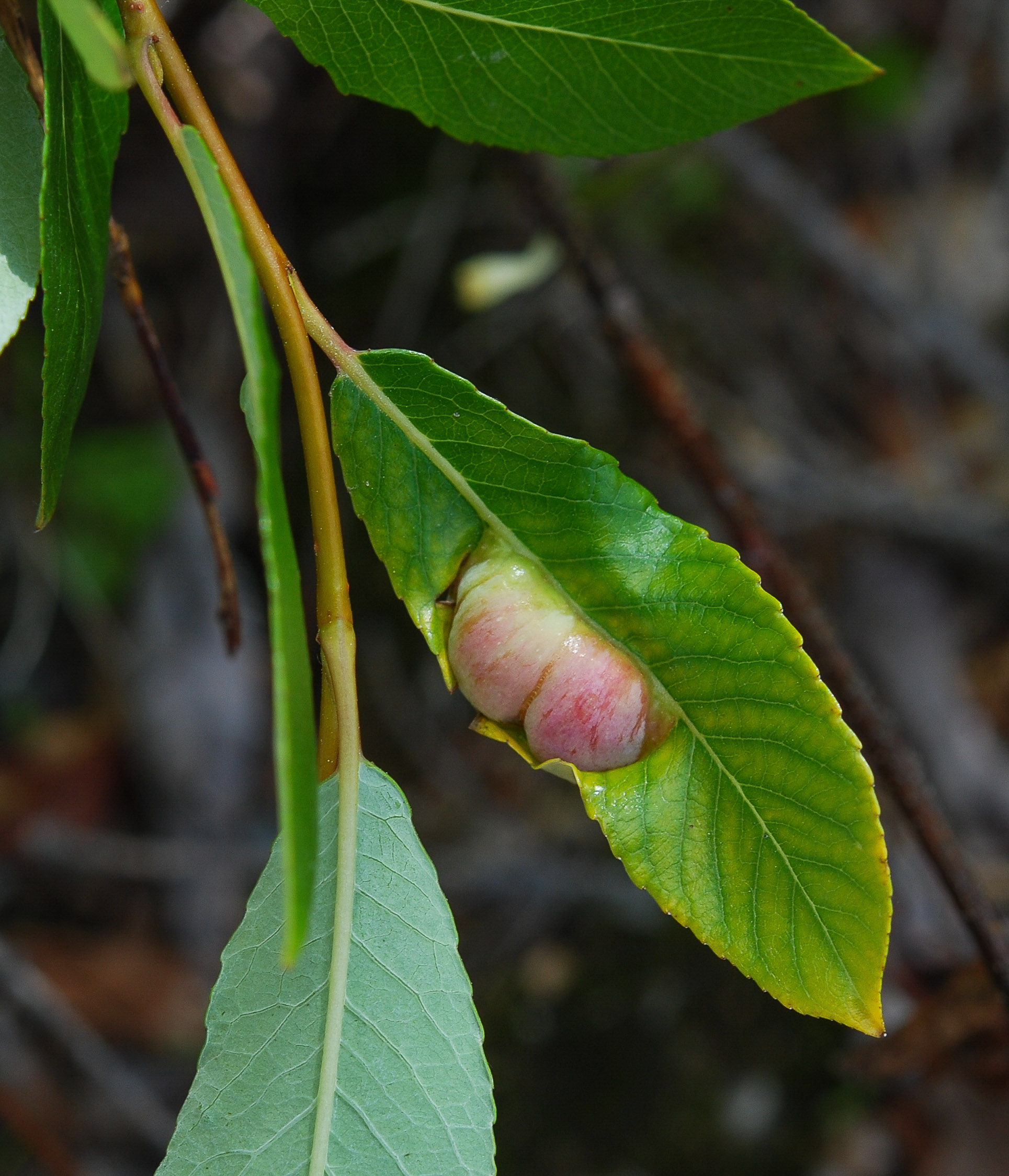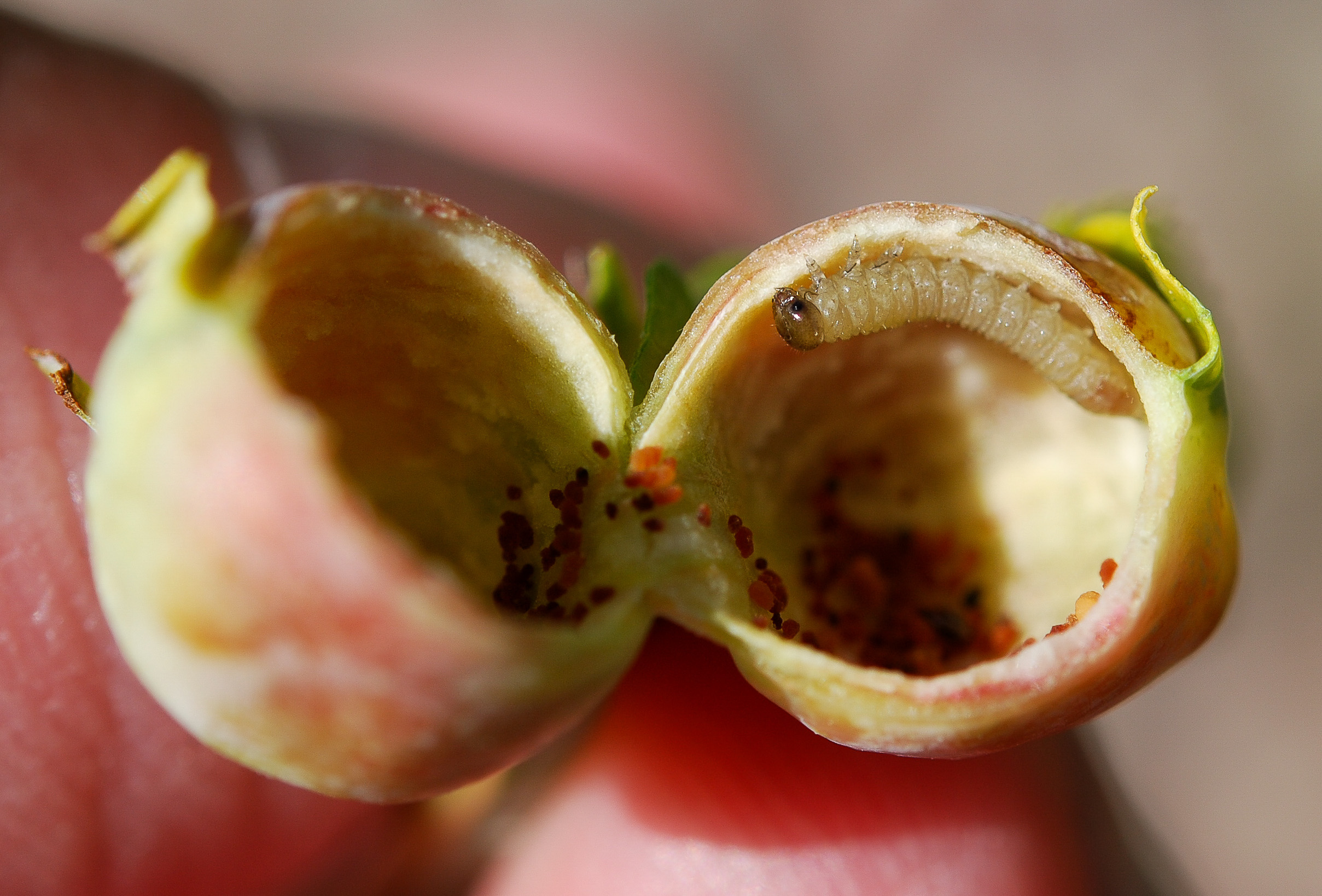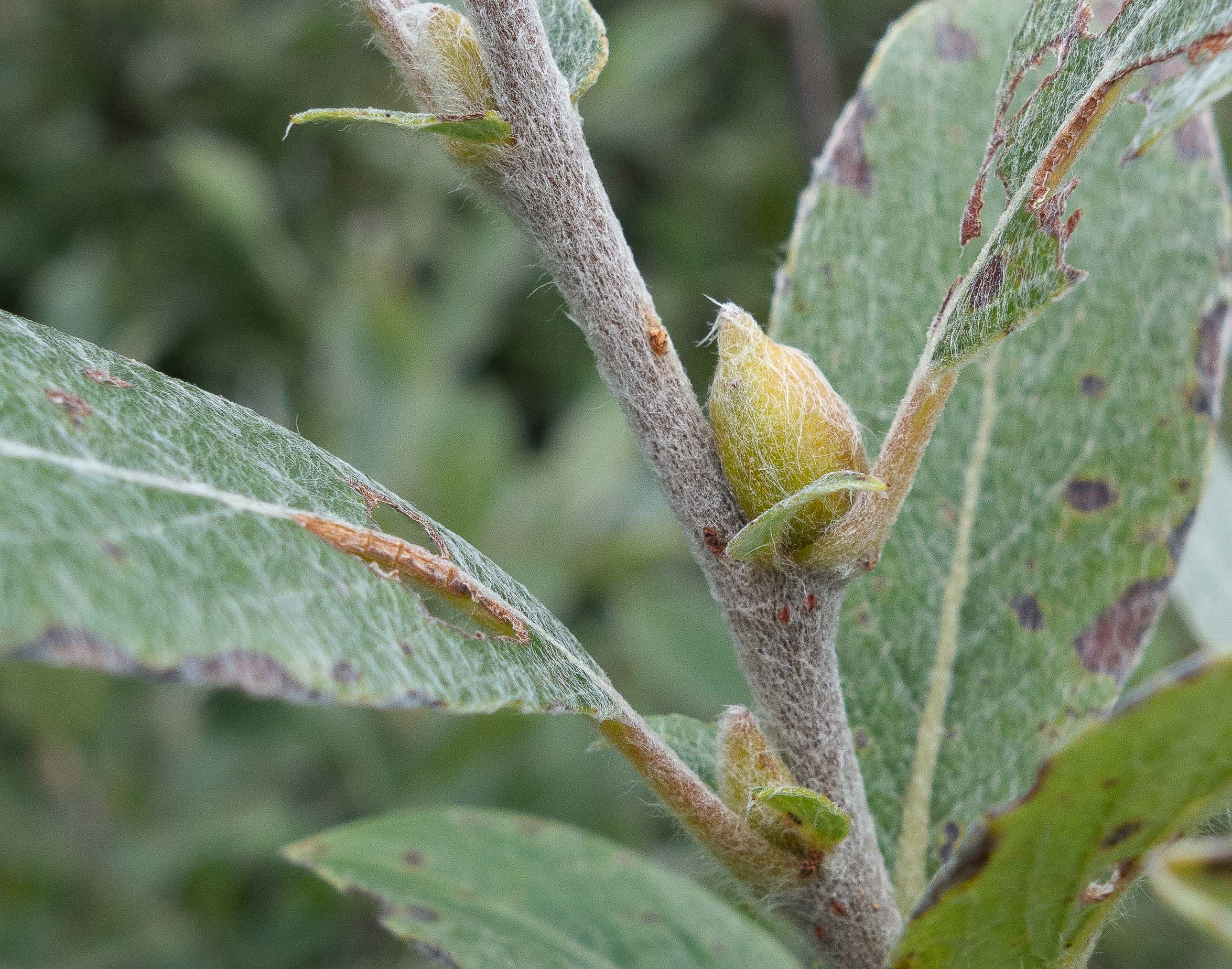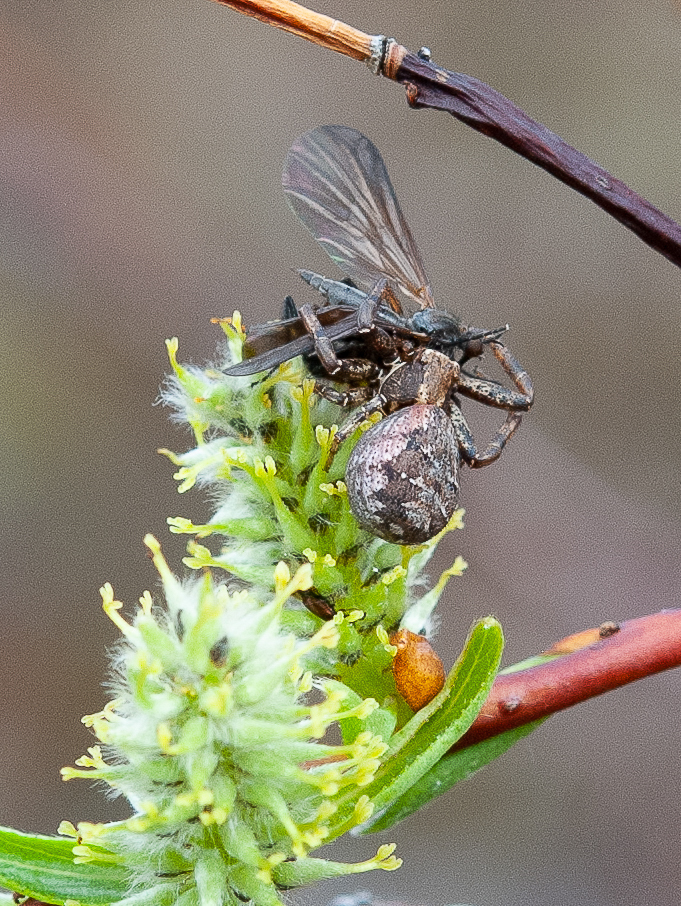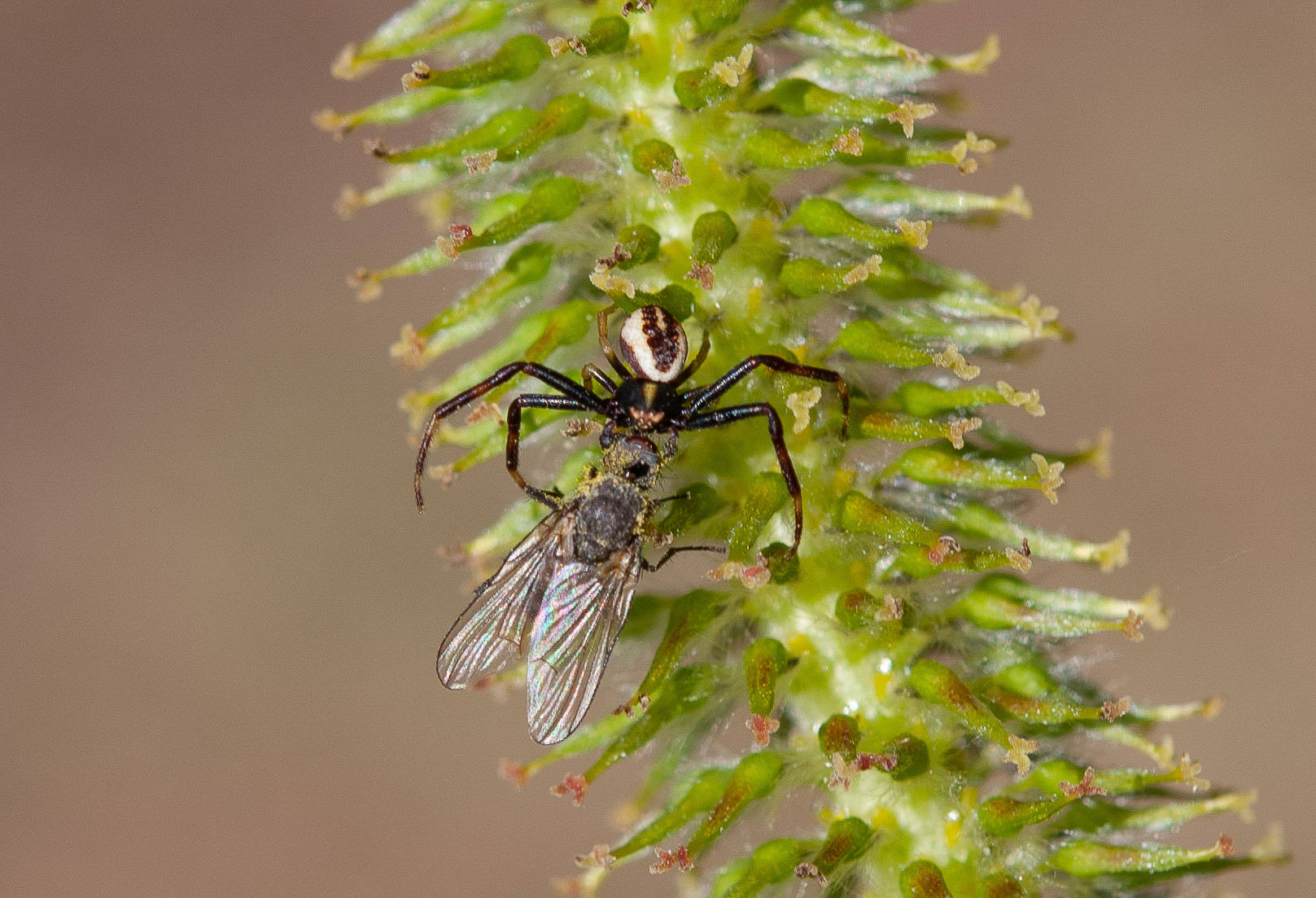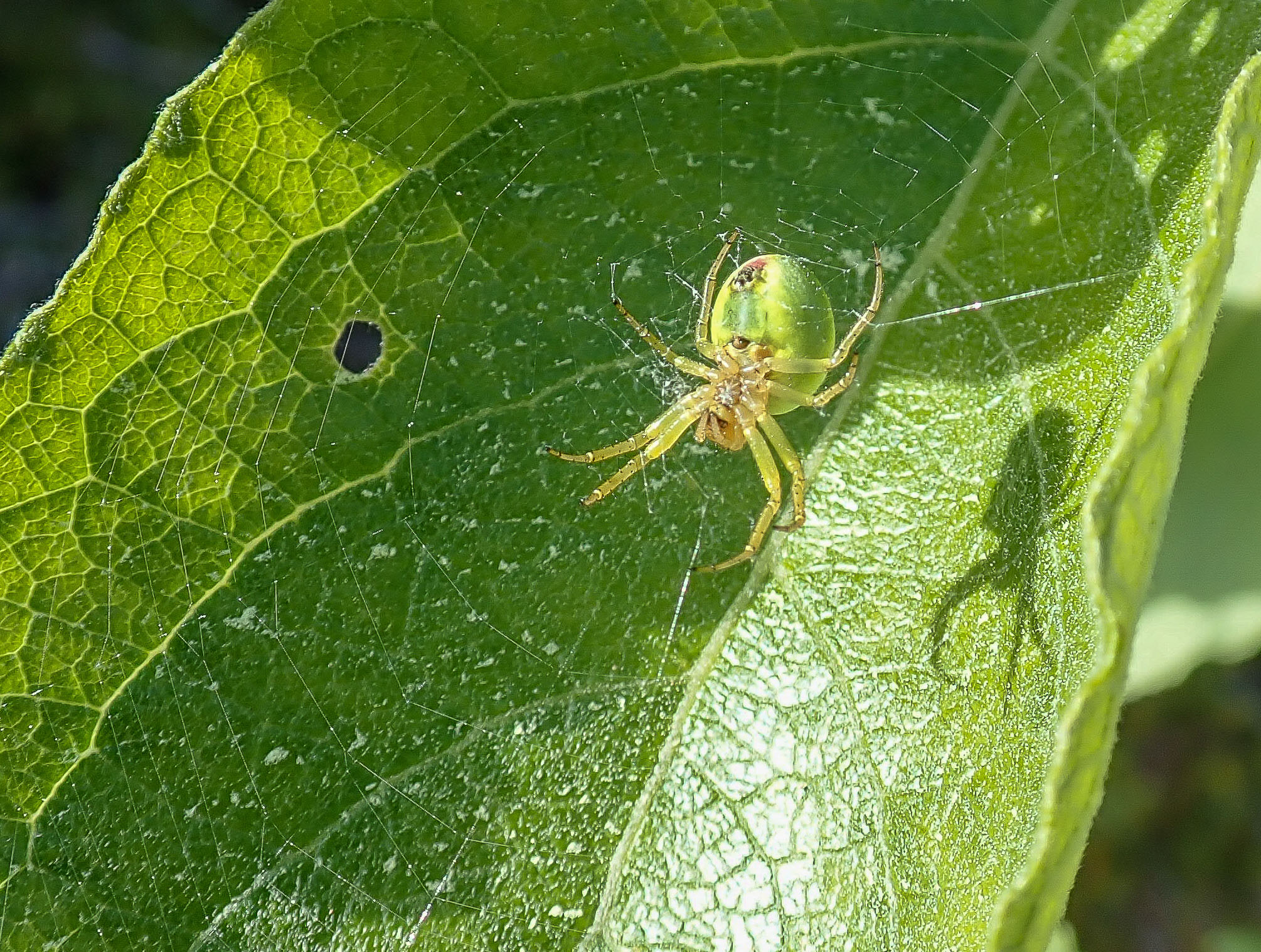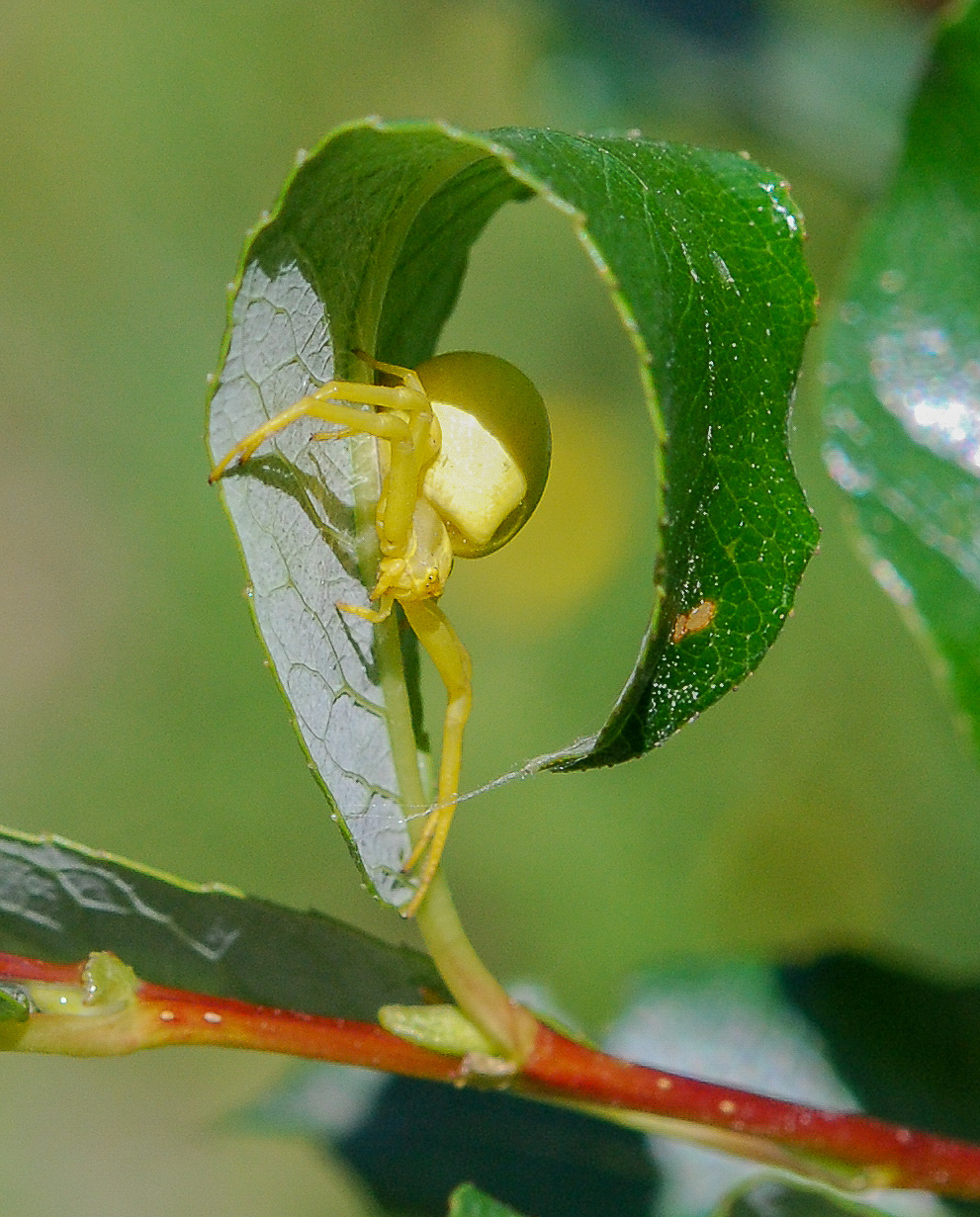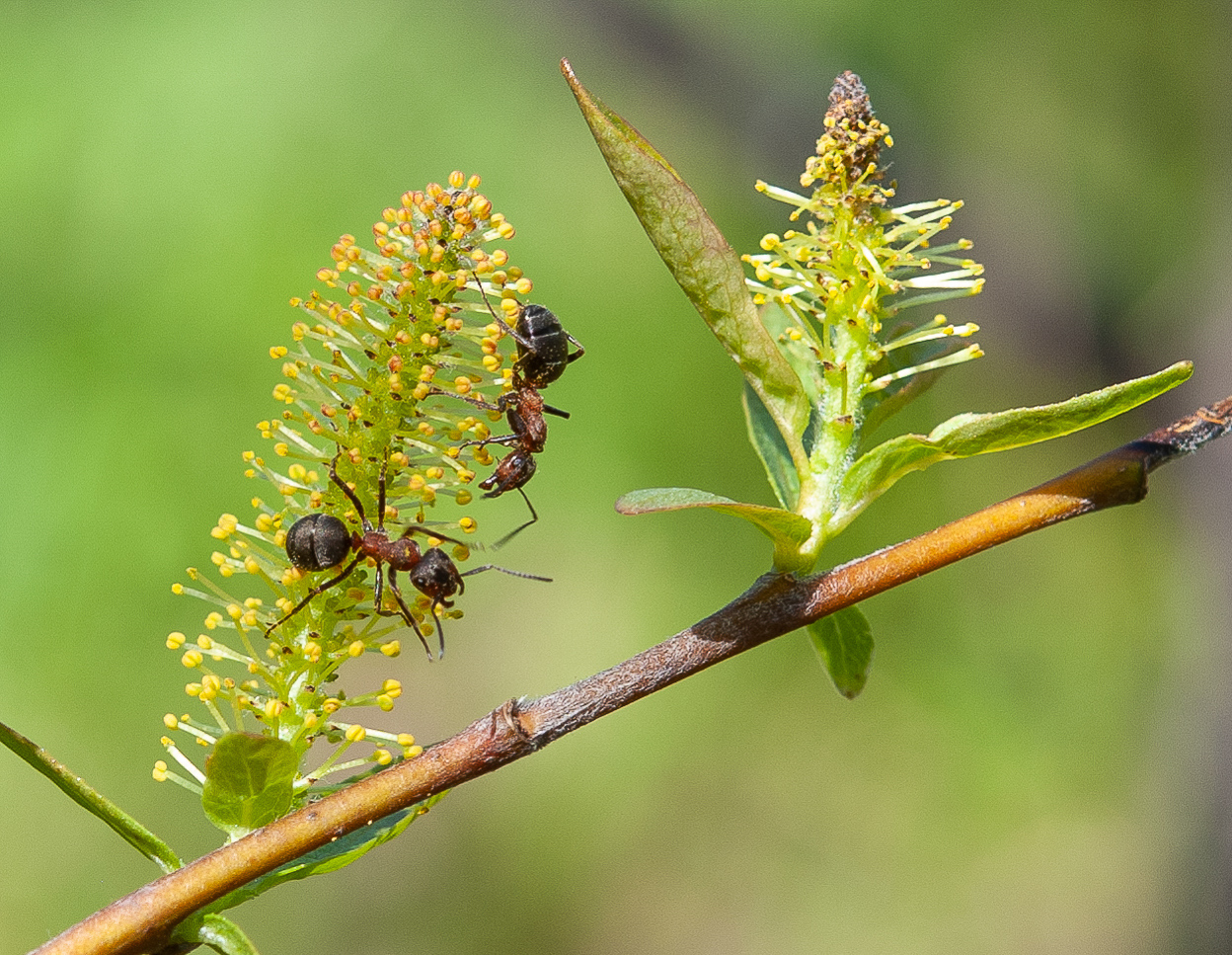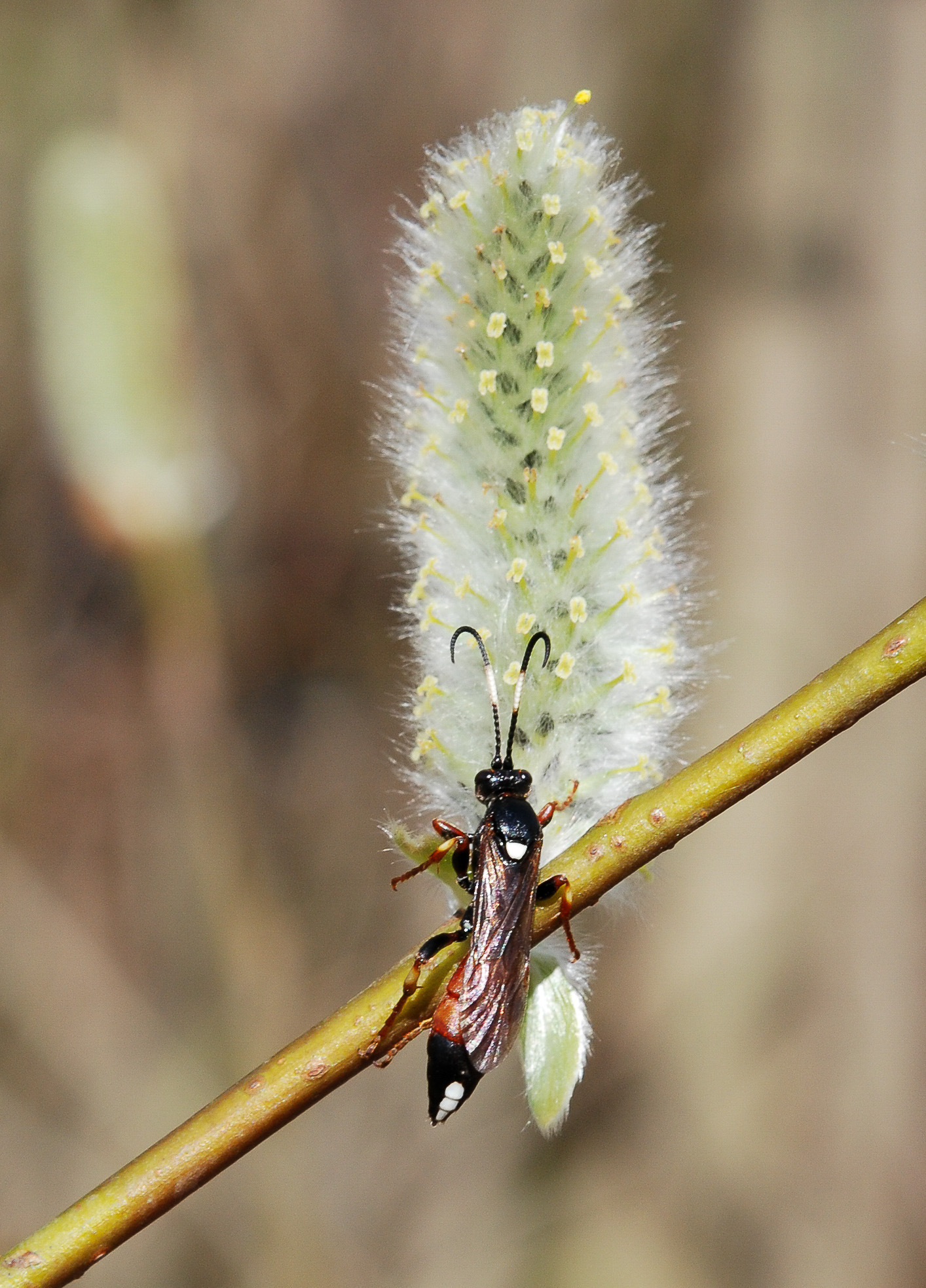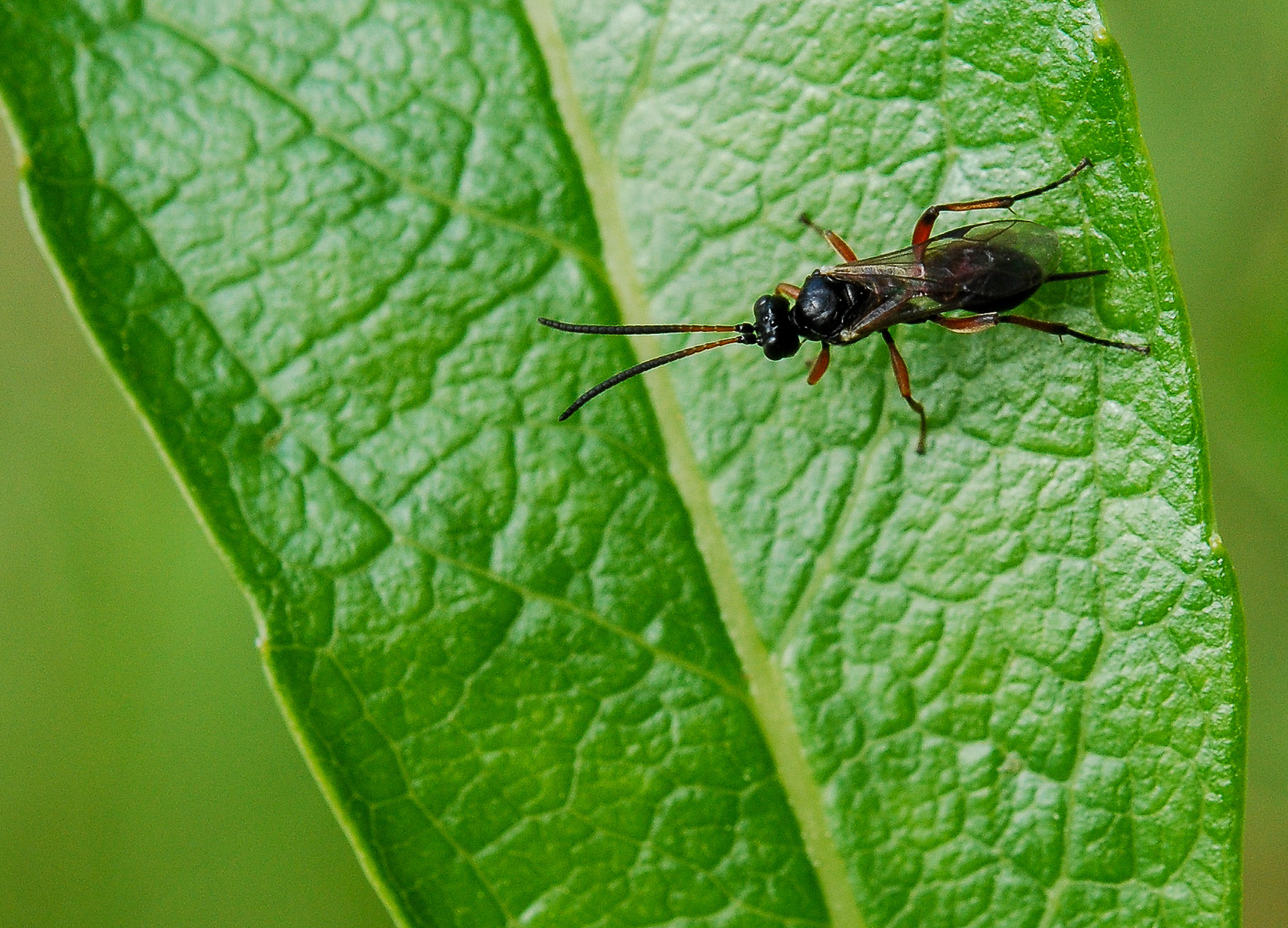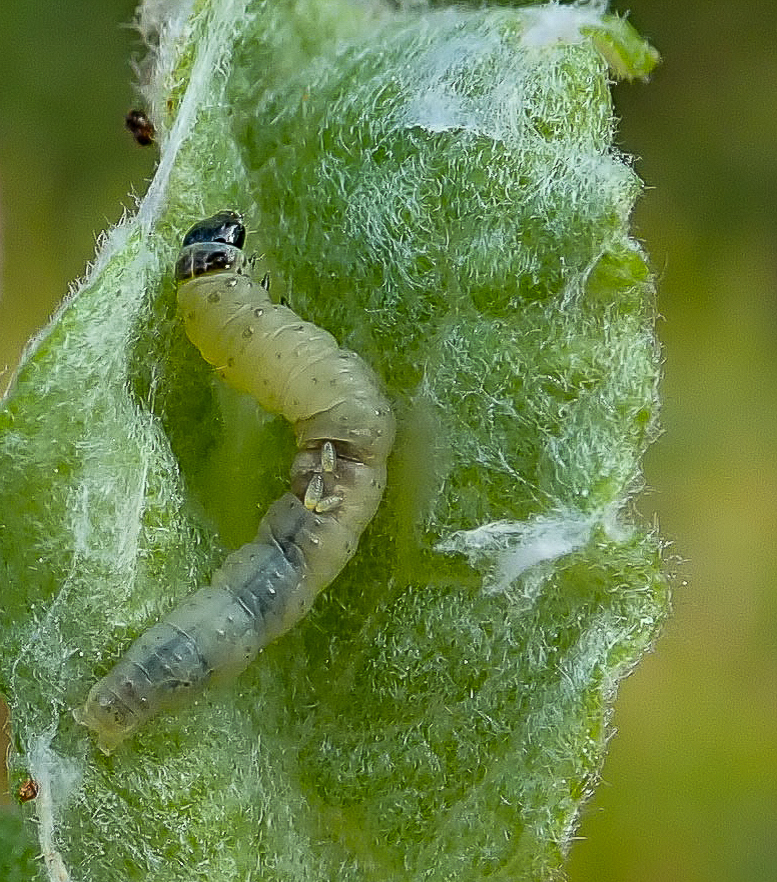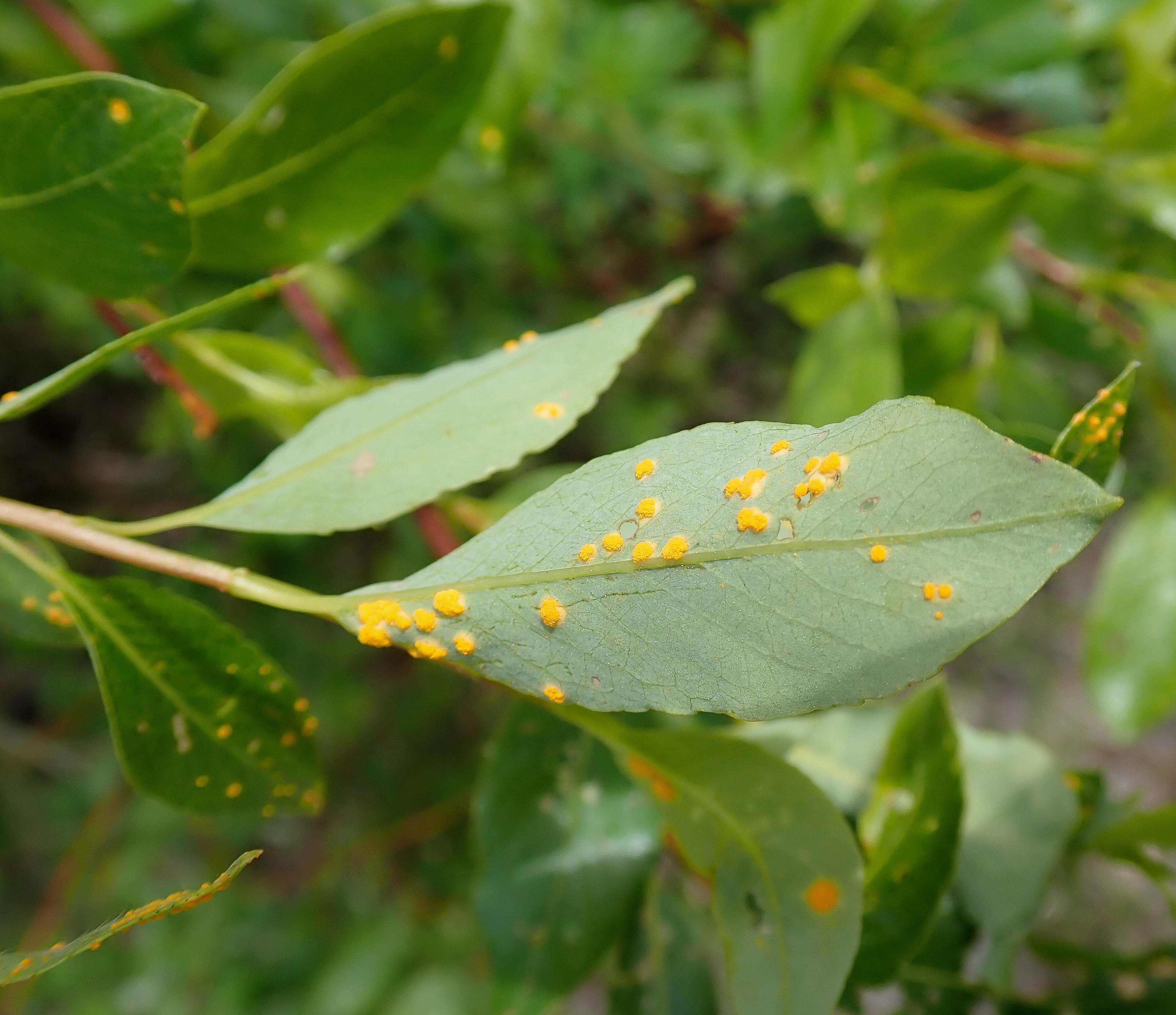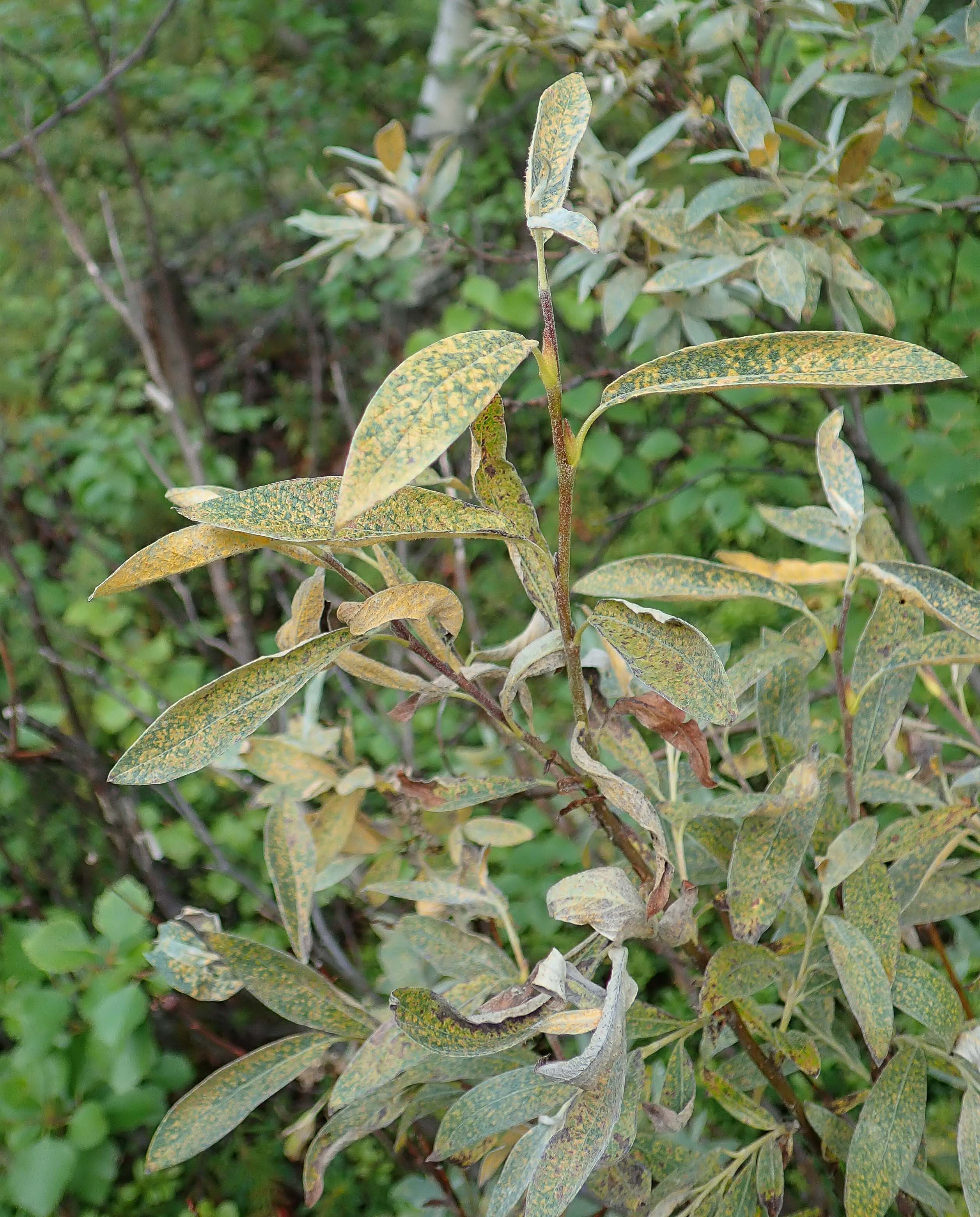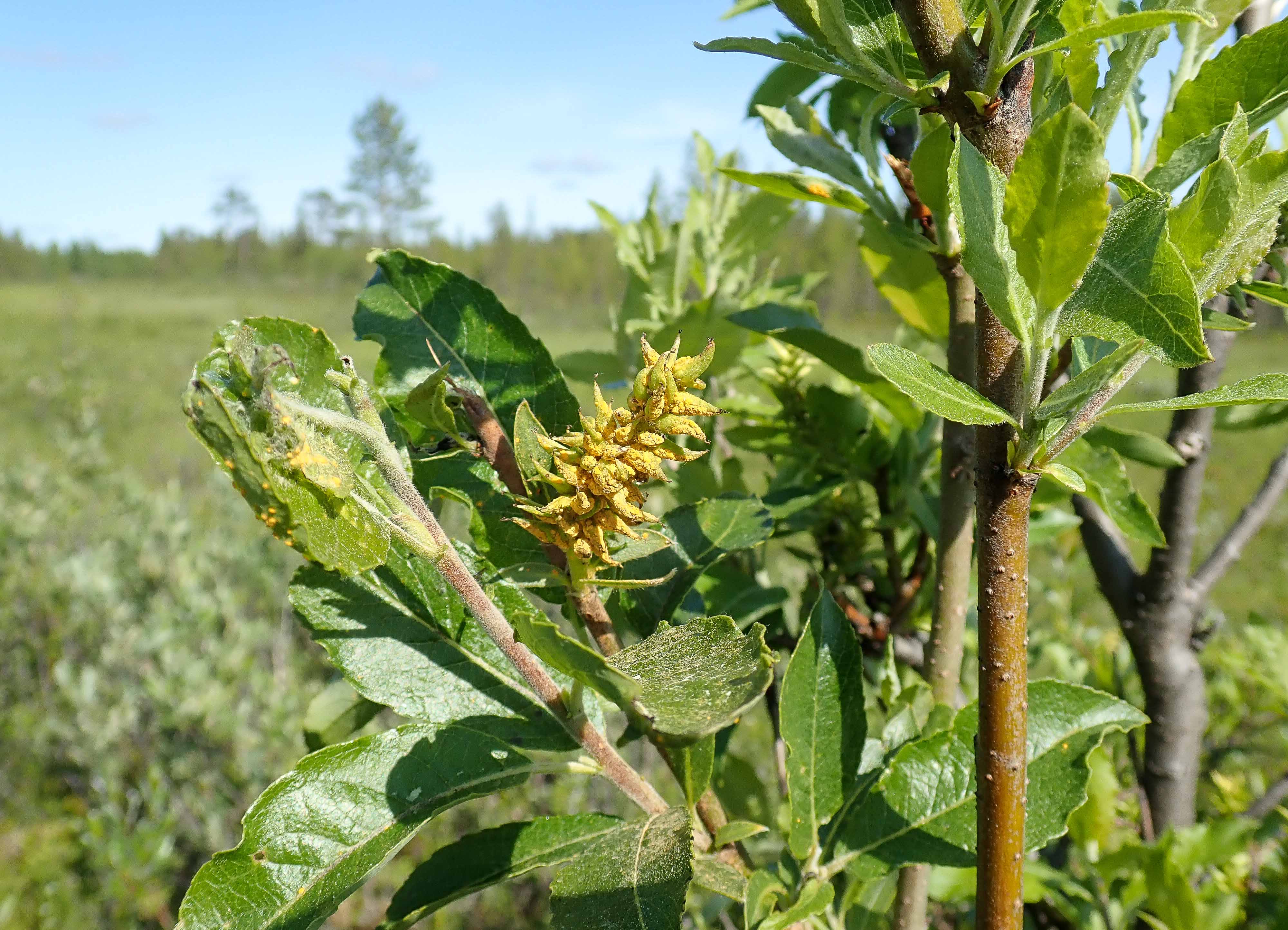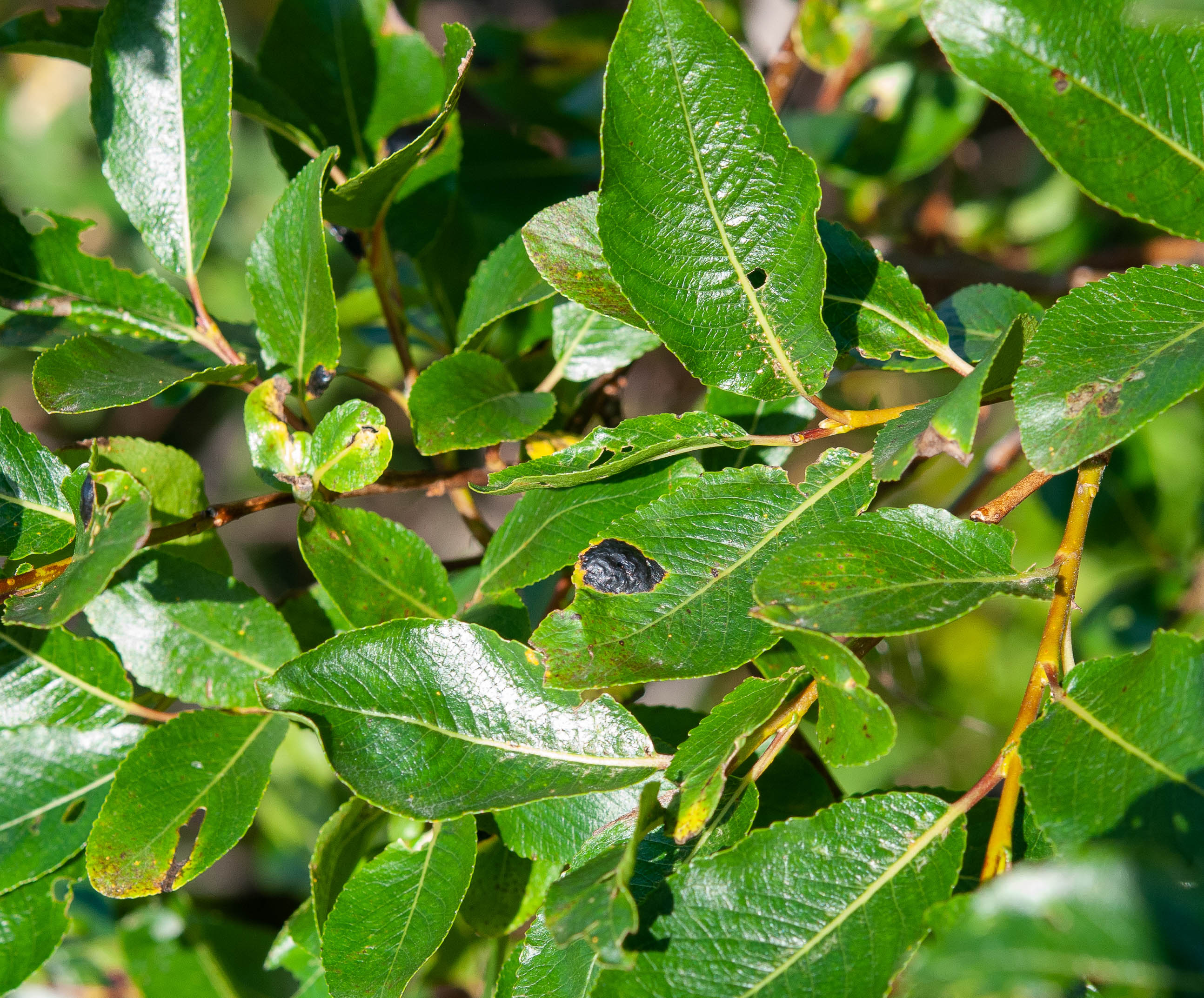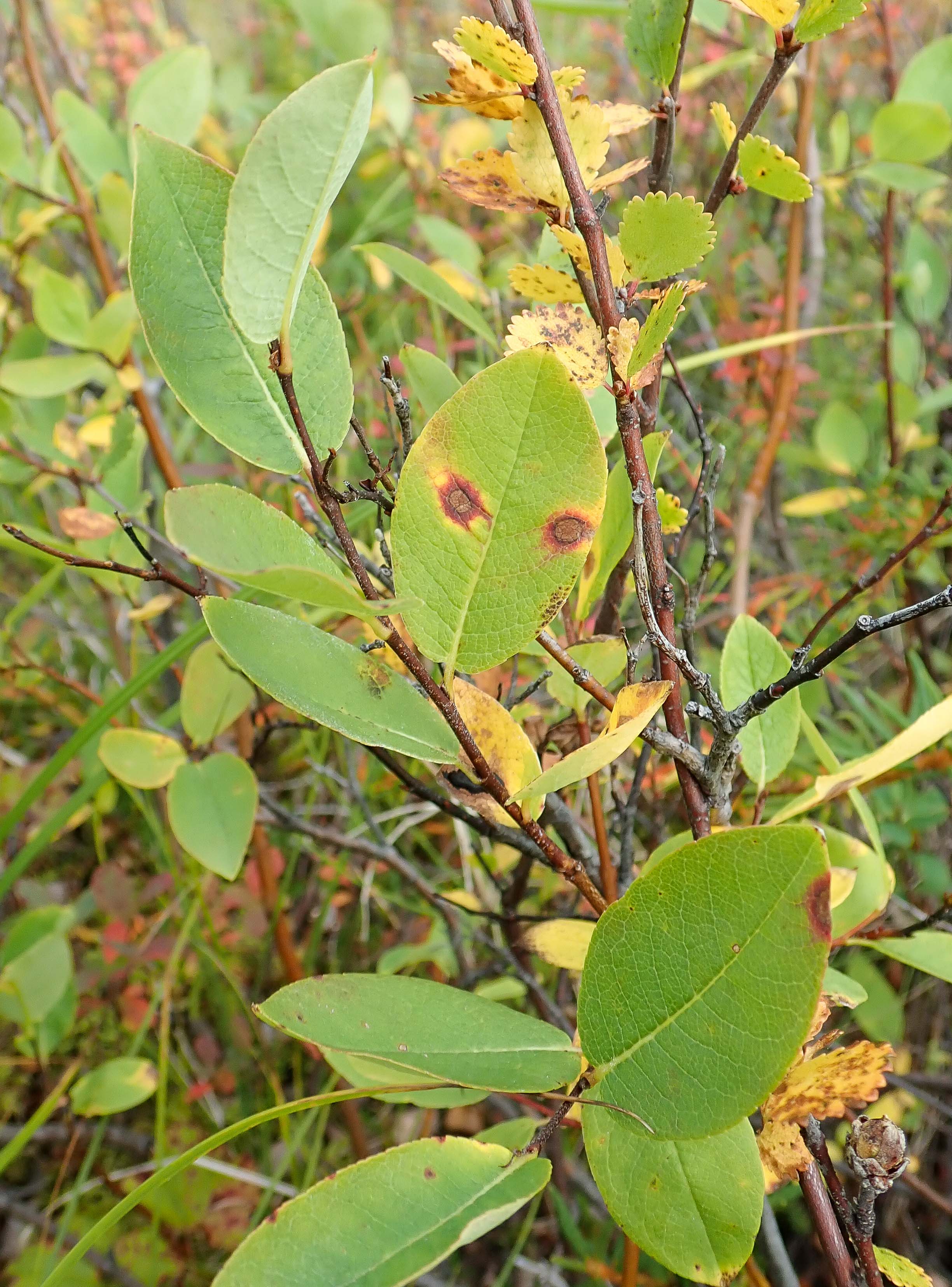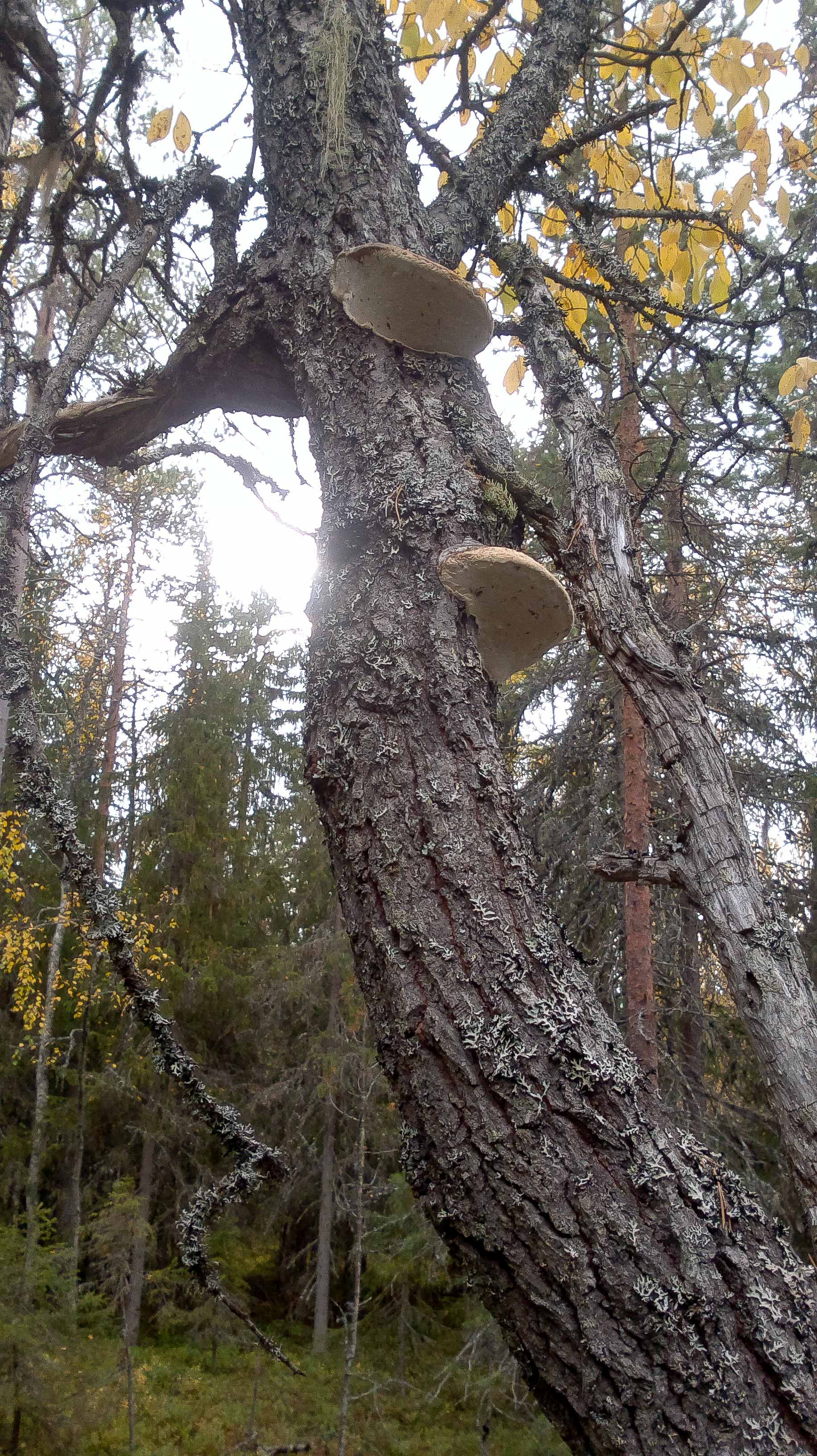Willows of Northern Europe
A guide to the identification and ecology of a northern keystone plant group

Willows are ubiquitous in nearly all northern environments and, in many cases, essentially are the environment that animals and other plants live in. Due to their species richness and morphological diversity, willows form the resource base for innumerable species-rich food webs. Salix species constitute a central food source for many mammals (including moose, reindeer, mountain hare, voles, and lemmings), birds (especially willow and rock ptarmigan), and insects. Willow-dependent insects, in turn, are attacked by a hyperdiverse community of parasitoids with larvae feeding on or within the larvae of the herbivores, and invertebrate predators such as ants and spiders.
Growth forms and habitats
Willows span the full range of plant growth forms, from tiny creeping tundra species to shrubs and large trees. However, most Salix species are small to medium-sized shrubs between 0.5 and 2 meters in height.
While there is extensive overlap in the ecological requirements of different willow species, there are also clear interpecific differences in preferred habitats. High-arctic species are found mostly on treeless fjelltops and tundra, while subarctic taxa form a shrub zone between the northern treeline and open tundra. In forested reagions, willows tend to be most abundant in early successional stages and wet environments such as bogs, but many species grow happily on dry clearcuts or as undergrowth in closed forests. The fast growth rate and small hairy seeds make willows efficient colonizers of disturbed habitats such as shorelines, clearcuts, abandoned fields, and roadsides.
Pollinators
Many willow species rank among the earliest-flowering plants in the north, with flowers often standing out in environments still partially covered in snow. The nectar sources provided by willow flowers therefore attract a lot of early-flying insects representing many different taxa. If measured by the number of individuals, willow pollinator communities are dominated by the order Diptera, with empidids and syrphids being particularly abundant. Nevertheless, it is unclear whether the less numerous but larger and hairier bumblebees, bees, and wasps are in fact more efficient as pollinators. Lepidopterans (moths and butterflies) are also frequent visitors of willow flowers.
Willows are relatively generalized in their pollinator associations, but given that the peak flowering period of different willow species growing at the same location can differ by weeks, and that species exhibit clear differences in their preferred habitat, pollinator communities most likely differ widely across willow taxa. Differences in the composition of pollinator communities across willow species have unfortunately not been studied much, and are therefore one of the main foci of NIBIO Svanhovd's Forest–Tundra Ecotone (ForTunE) project. Monitoring of northern pollinator communities is particularly important in the warming climate of today, and early signs of shifting plant–pollinator associations are already evident (for example, Vanessa cardui butterflies and Plutella xylostella moths in Salix lapponum flowers in northern Norway in the spring of 2019).
Catkin feeders
During the summer, female inflorescences turn into seed-bearing catkins that support a distinct ecosystem of herbivores and natural enemies. Pontopristia sawflies and Egle flies oviposit into inflorescences in the spring, and their larvae feed inside catkin stems or on seeds developing inside maturing capsules. Both of these groups contain many species that are at least partially specialized on different willow species. Their larvae can be found by searching for partially dry catkins, and especially by looking for the characteristic sharply delineated wadding that the larvae produce when expelling hairs from capsules (normally maturing catkins will also turn fluffy when capsules open up for releasing the seeds, but the wadding is spread out more gradually and evenly across the catkin). In addition to sawflies and flies, numerous moth and midge species live in catkins.
Leaf feeders
Willow leaves are the favorite food of many leaf-chewing sawflies, butterflies, and moths, as well as the adults and larvae of diverse beetle species. Although few leaf-chewers are strictly specialized to single willow species, many species clearly prefer certain host species or species-groups. Willows defend themselves against generalist herbivores by producing a wide array of phenolic compounds (condensed tannins, flavonoids, and salicylates). Specialist insects are, however, well adapted to coping with the chemicals produced by their hosts. An extreme case is presented by the leaf beetle Chrysomela lapponica, which specializes on feeding on strongly-defended willow species: its larvae condense and transform host compounds into a foul-smelling defensive liquid that the larvae secrete from glands on their back whenever they feel threatened.
Leaf folders and rollers
Leaf folding, rolling, and bundling is a tactic employed by herbivores for evading predation and parasitism. The leaf shelters produced by different taxa are in many cases astonishingly similar, but the means used for their construction differs across insect groups. Leaf folds, rolls, and bundles produced by sawflies are formed due to an abnormal growth reaction in developing leaves, which is induced by a secretion injected into willow tissues by the ovipositing females. By contrast, lepidopteran shelters are constructed by the larvae, and are held together by contracting silk. The presence of silk within the fold, roll, or bundle is therefore diagnostic to moths. The colourful attelabid weevil Byctiscus betulae prefers birches and aspen, but the females also construct shelters for their larvae on large-leaved Salix species using an work-intensive sequence involving chewing and glueing.
Gall inducers
Galls are formed by abnormal growth of plant tissues in response to stimuli produced by insects or pathogens. Willows rank among the plant groups that support the most diverse communities of gall-inducing insects. The species richness of willow-galling insect taxa is most likely explained by the abundance and high ecological and taxonomic diversity of willows, which provides a backdrop for insect evolution, specialization, and speciation.
Willow gall inducers represent many species-rich insect taxa. Especially common and diverse are tenthredinid sawflies in the nematine subtribe Euurina and gall midges (Cecidomyiidae). Both of these taxa contain species-rich groups that induce characteristic galls on leaves, shoots, petioles or buds of willows, and many of the species are strictly specialized on single willow host species. Indeed, some gallers are so good taxonomists that their characteristic galls can be used for willow identification in the field: for example, the two-sided, thin-walled leaf galls produced by the sawfly Euura (Eupontania) pustulator are exclusively found on Salix phylicifolia, and those of E. lapponica only on Salix lapponum. Small but sometimes very numerous pouch galls produced by gall mites are also common on leaves of many willow species.
Predators and parasitoids
The high abundance of herbivorous insects on willows attracts numerous predators to willows. Spiders representing many taxa either hunt directly on insects, or construct webs on leaves and between branches. Predaceous bugs, beetles, and ants constitute an important predator group, but ants also collect nectar from willow flowers and honeydew from aphids. Hymenopteran parasitoids oviposit on the larvae of sawflies, beetles, butterflies, and moths. The parasitoid larvae then feed on or inside the herbivore larvae, killing their hosts in the process. Although parasitoids are probably the most important factor regulating populations of plant-feeding insects, their biology and standing diversity are still largely unknown. Recent exploratory biodiversity scans based on DNA barcodes have nevertheless indicated that a large majority of the true parasitoid species richness remains undescribed.
Pathogens
Willow leaves and catkins are commonly infested by pathogenic fungi. Orange rusts in the genus Melampsora increase in intensity and prevalence through the summer, and can completely take over individual shrubs. Tree-like willows such as Salix caprea are also attacked by polypores, which have a slower life cycle and longer lifespan than do rusts
